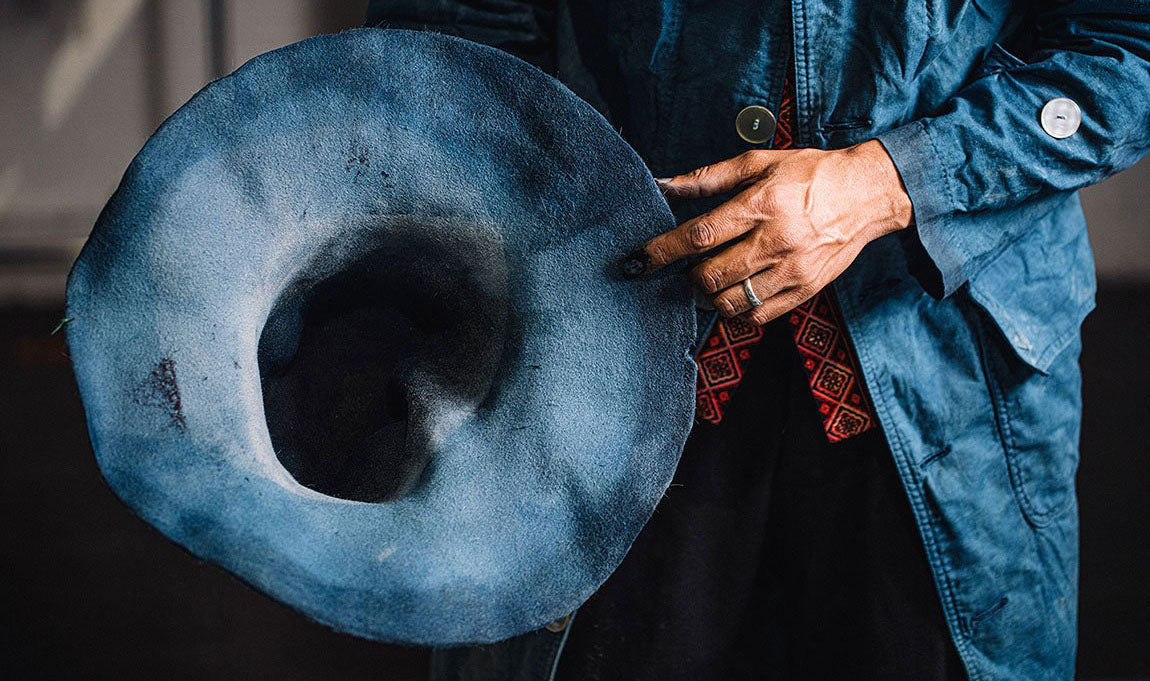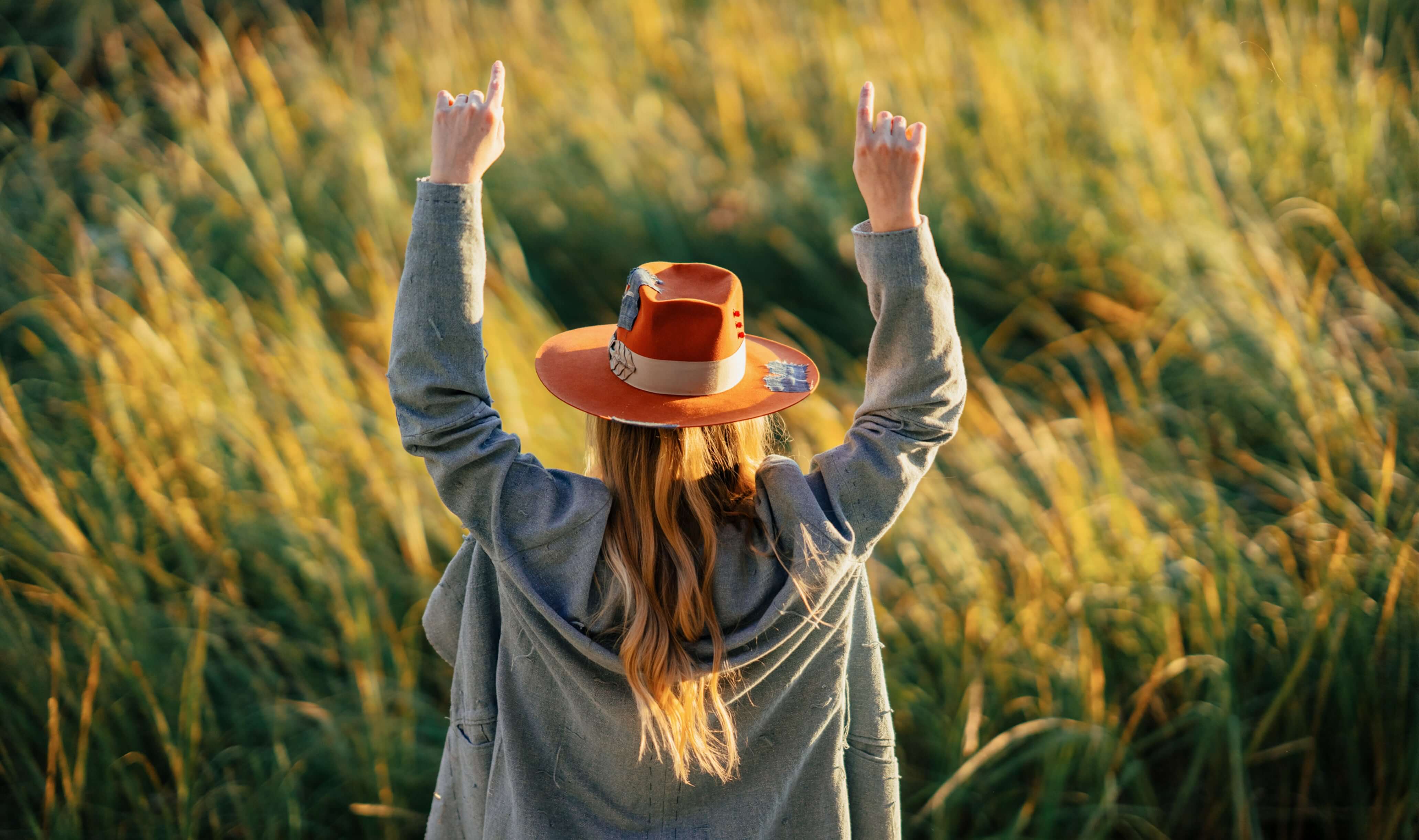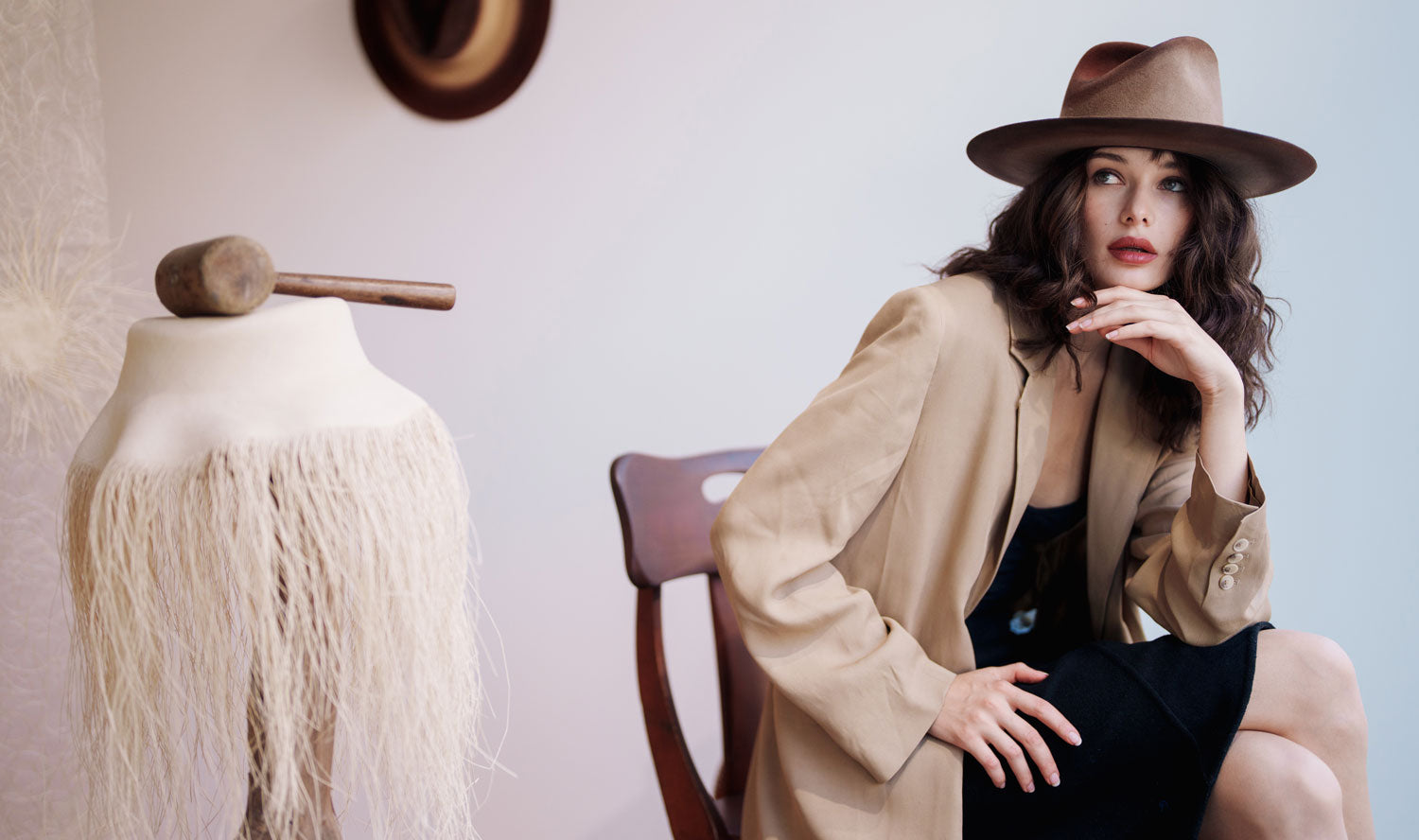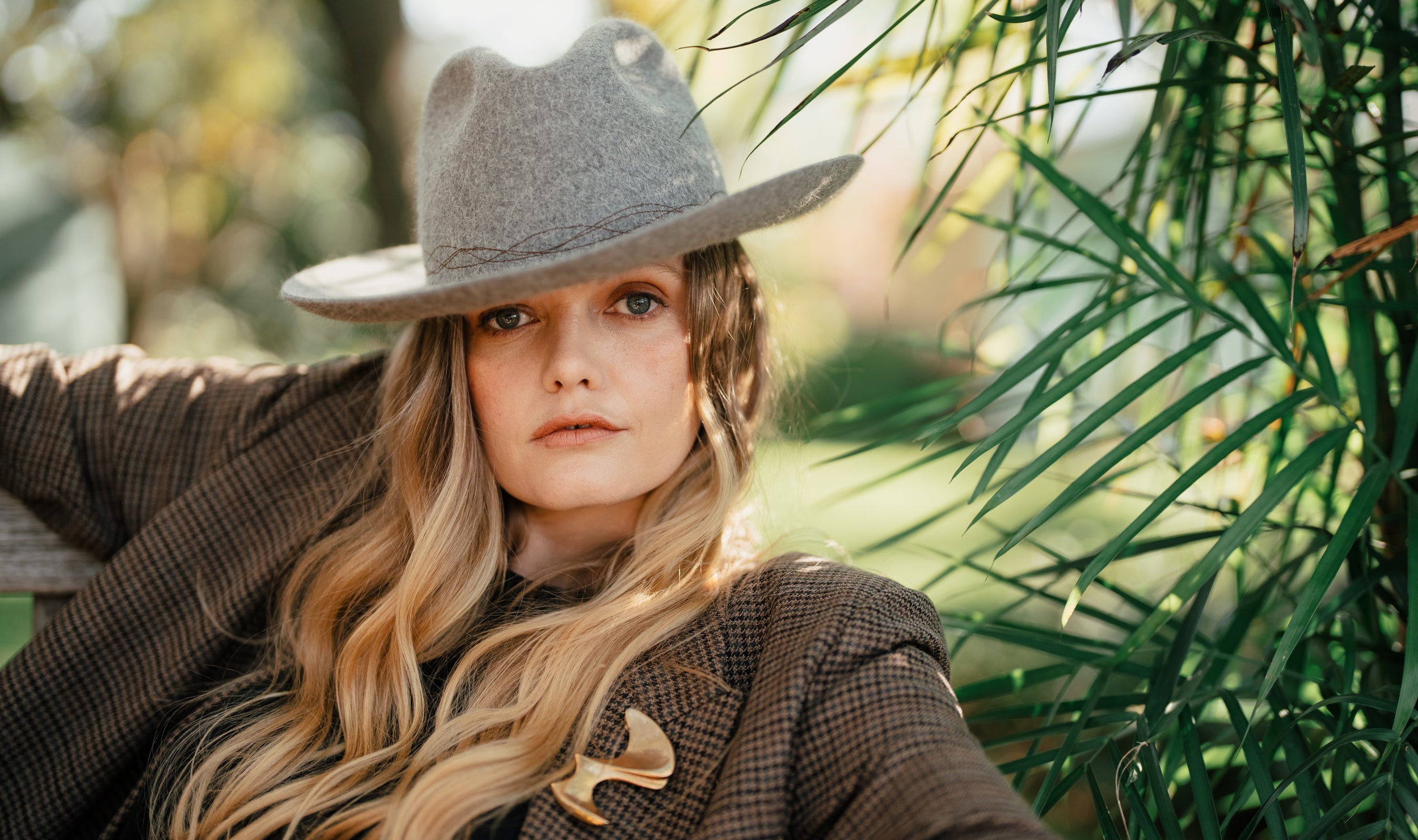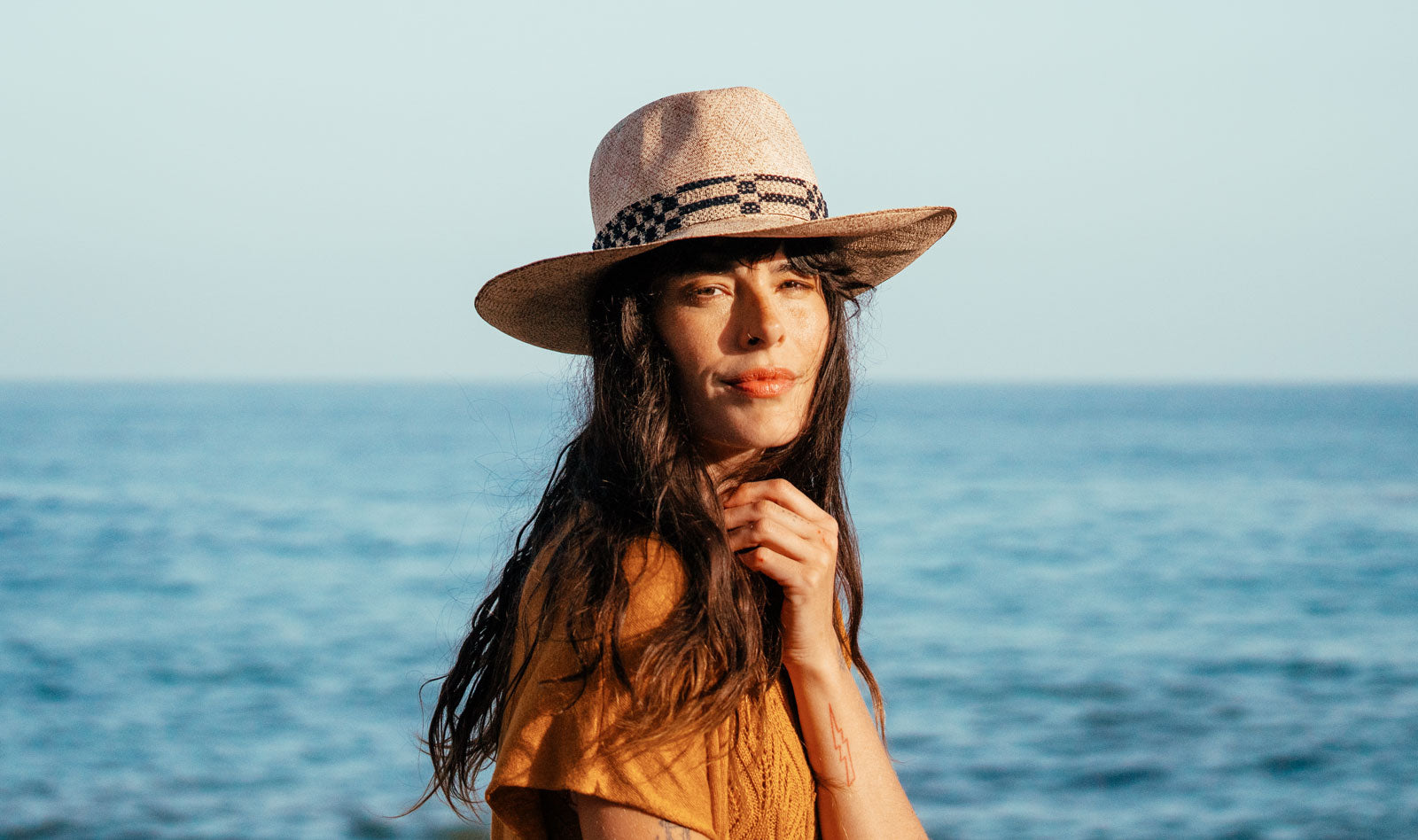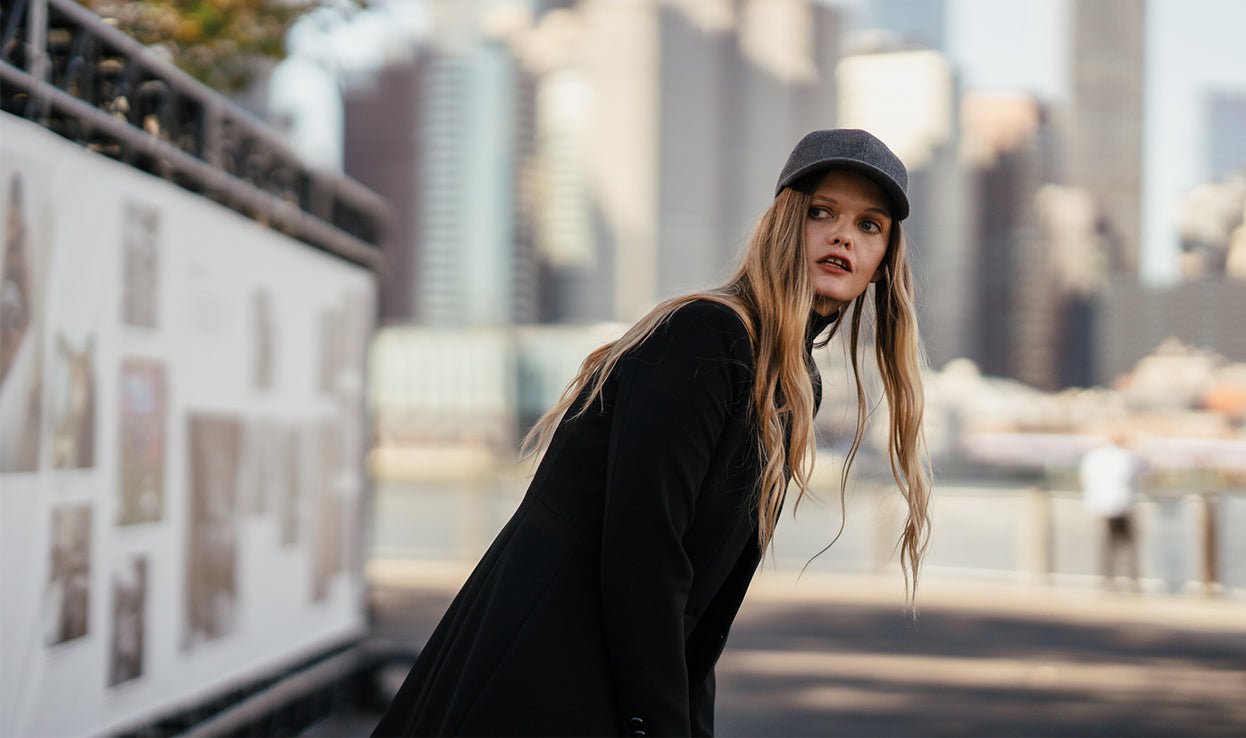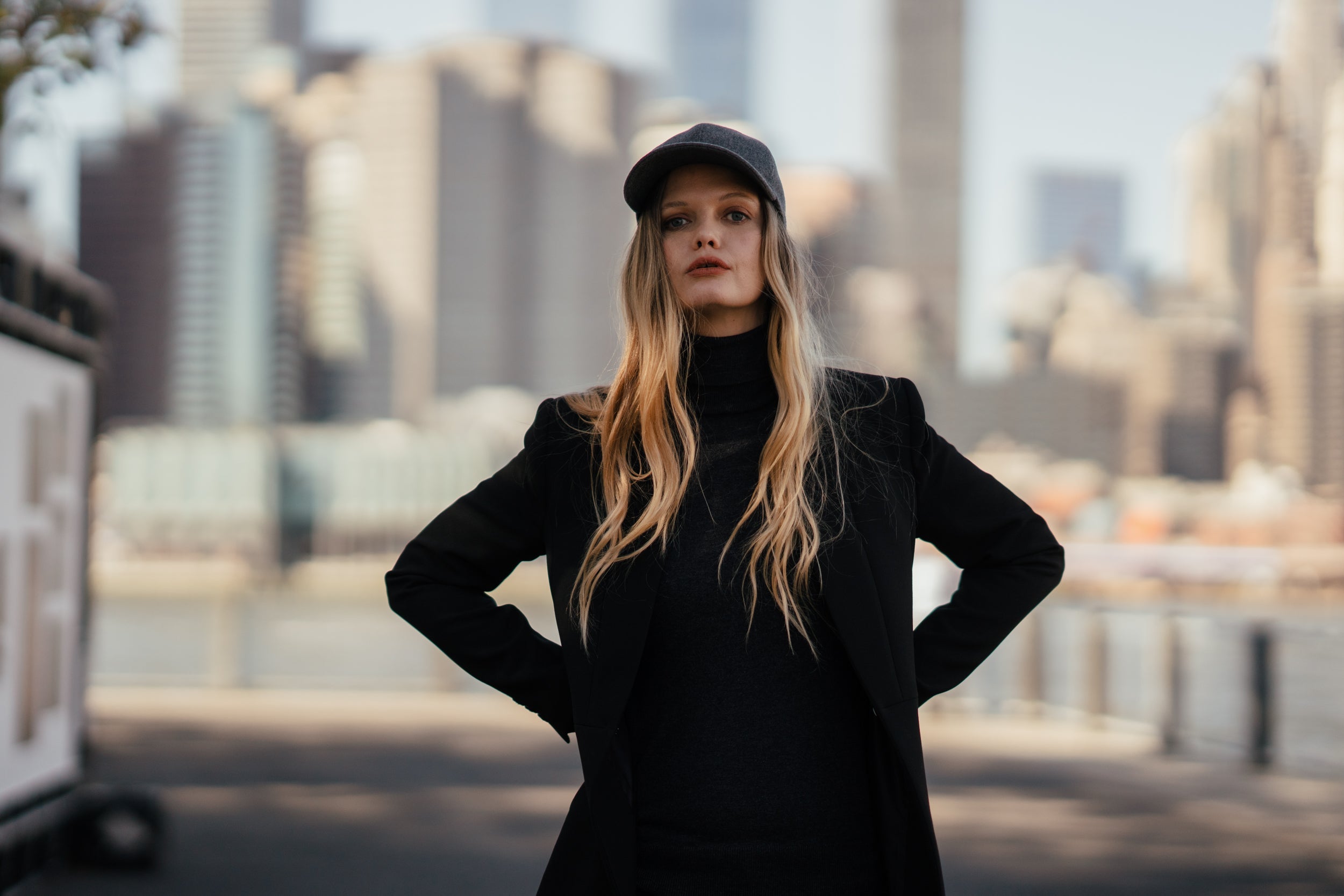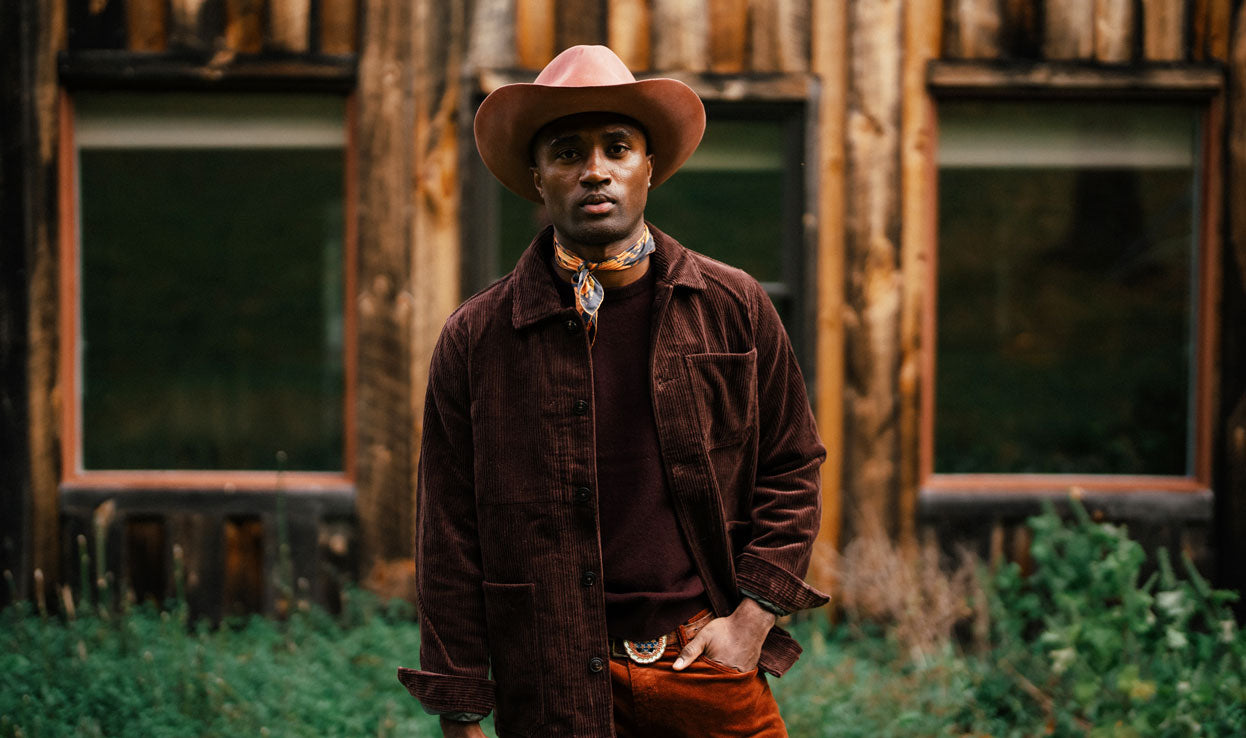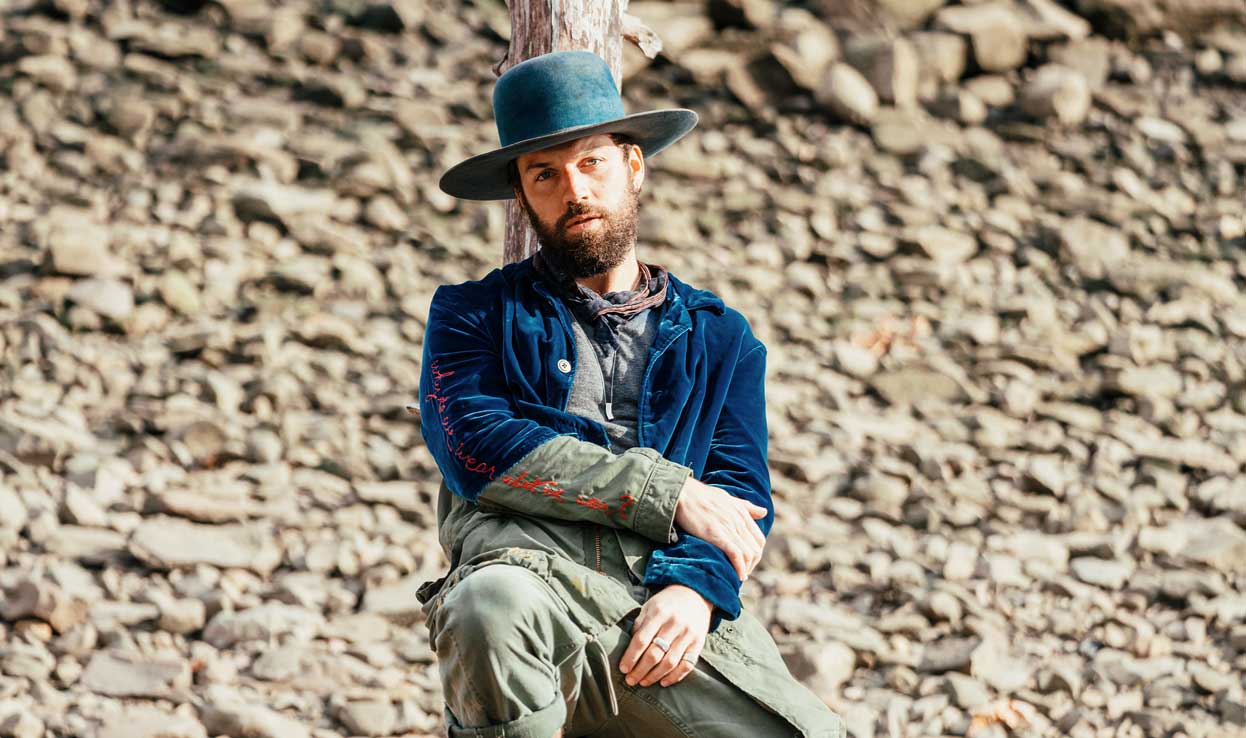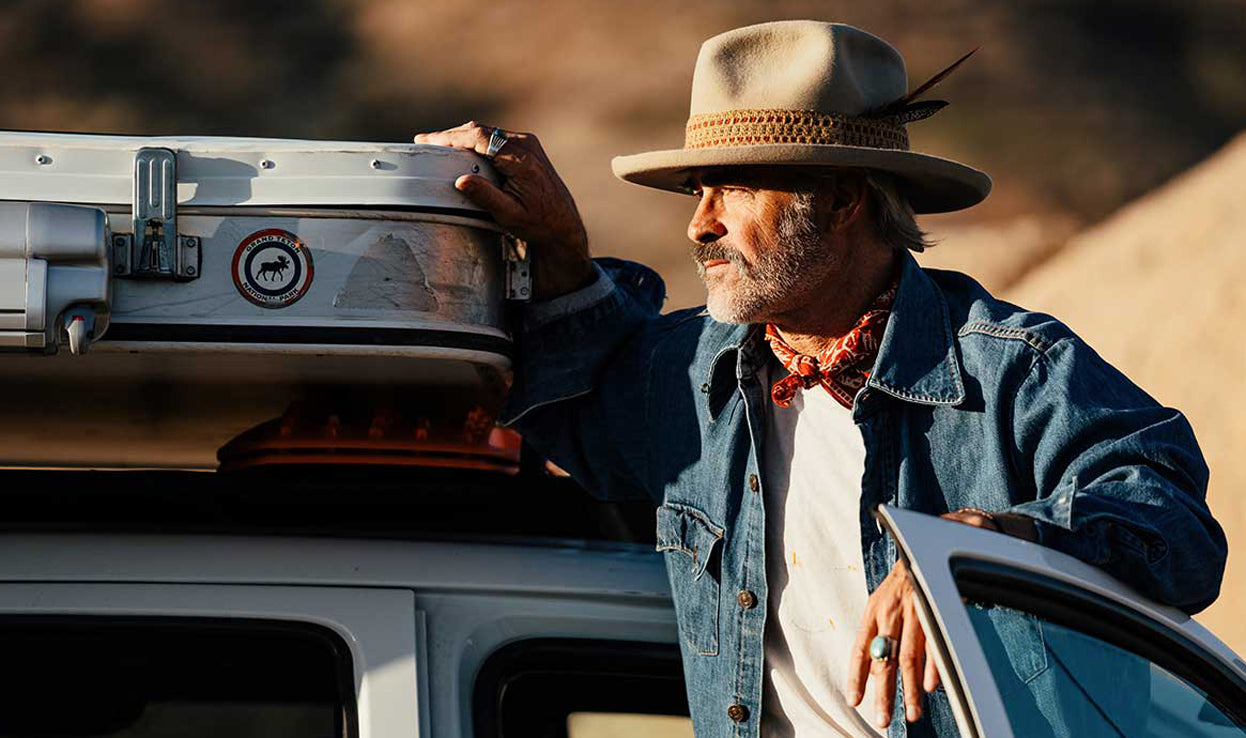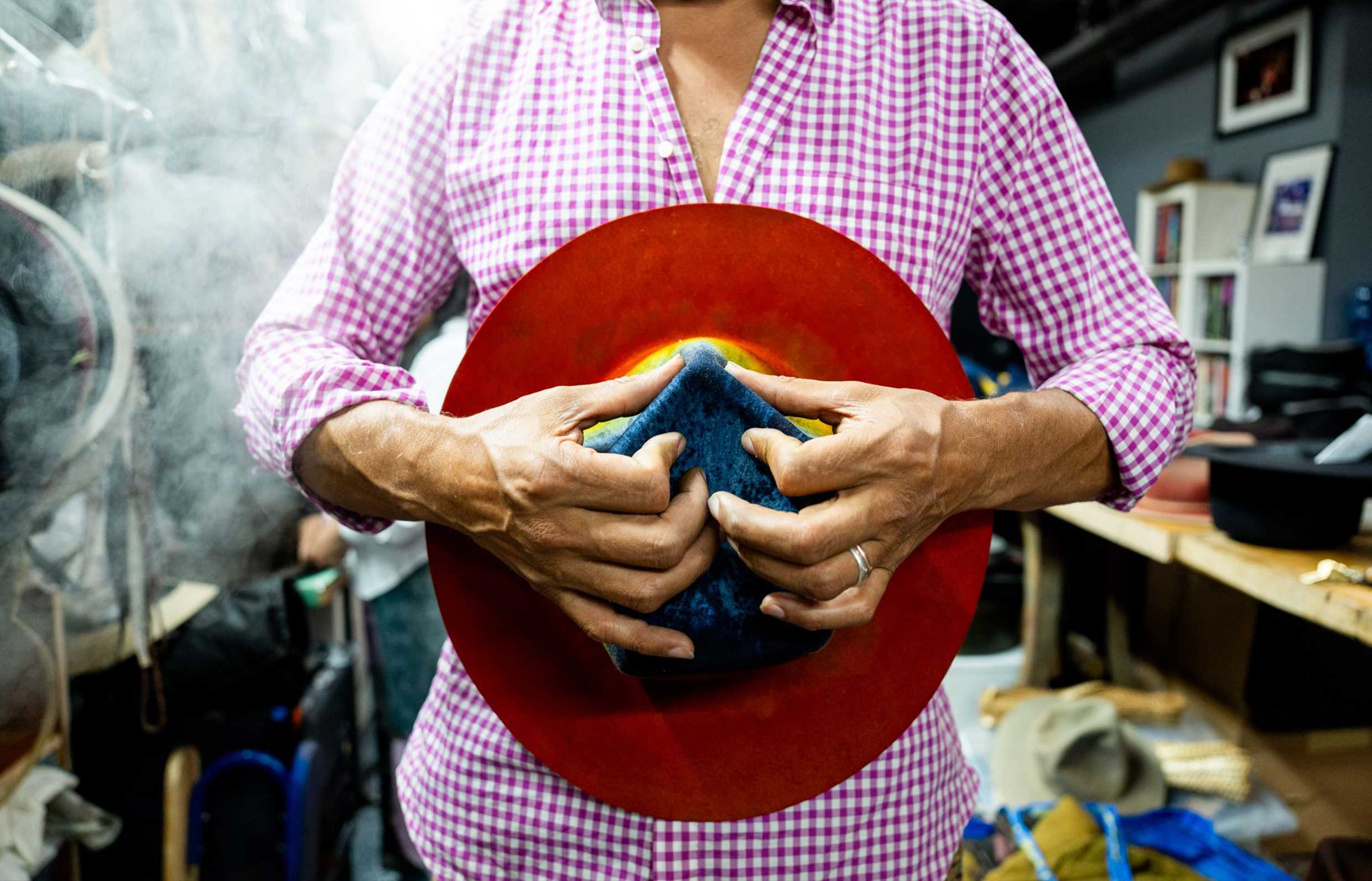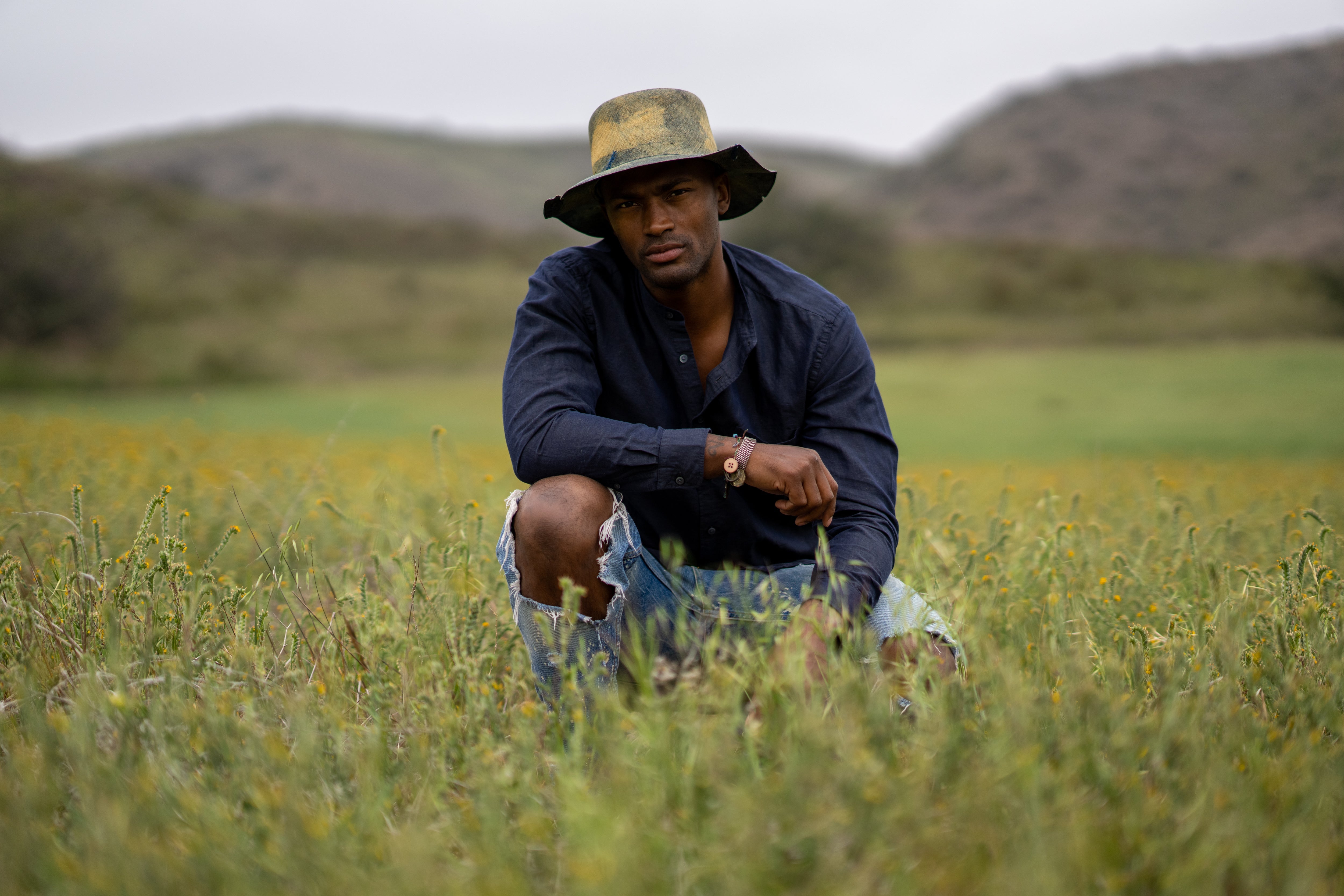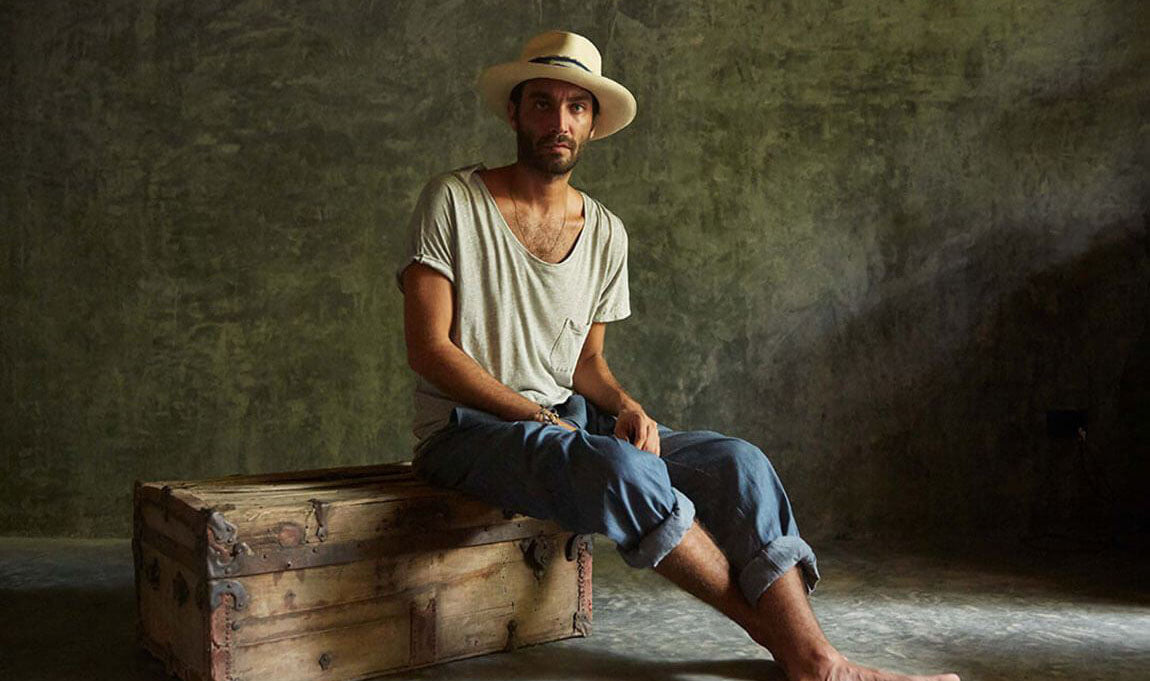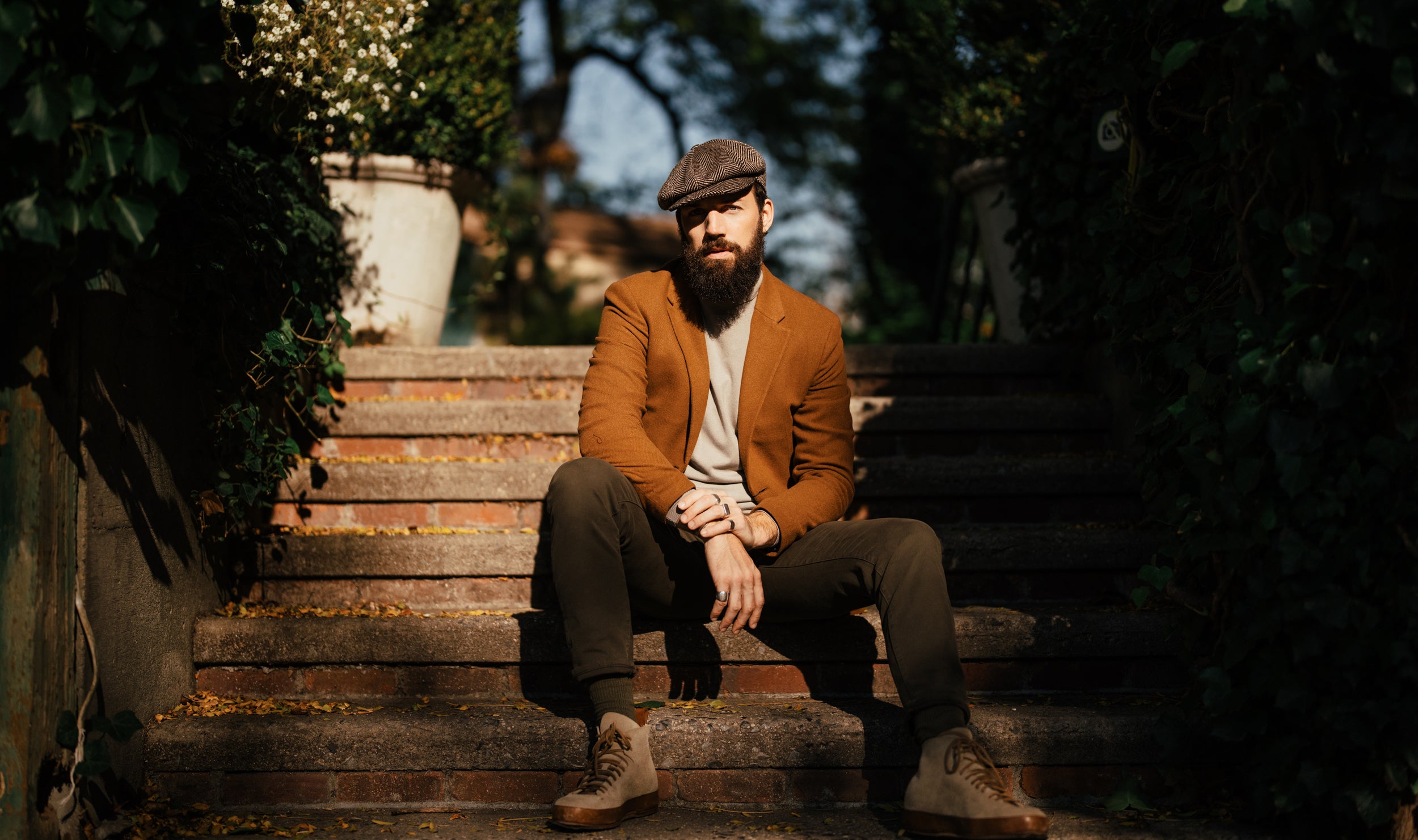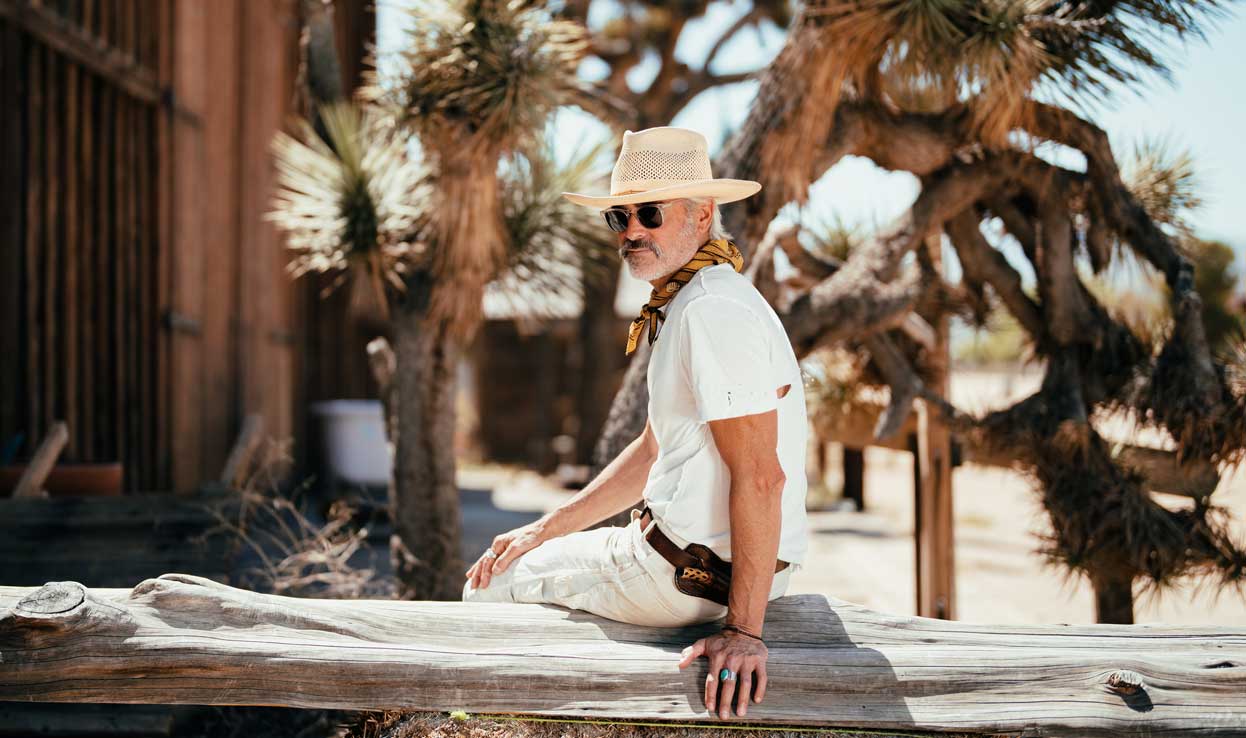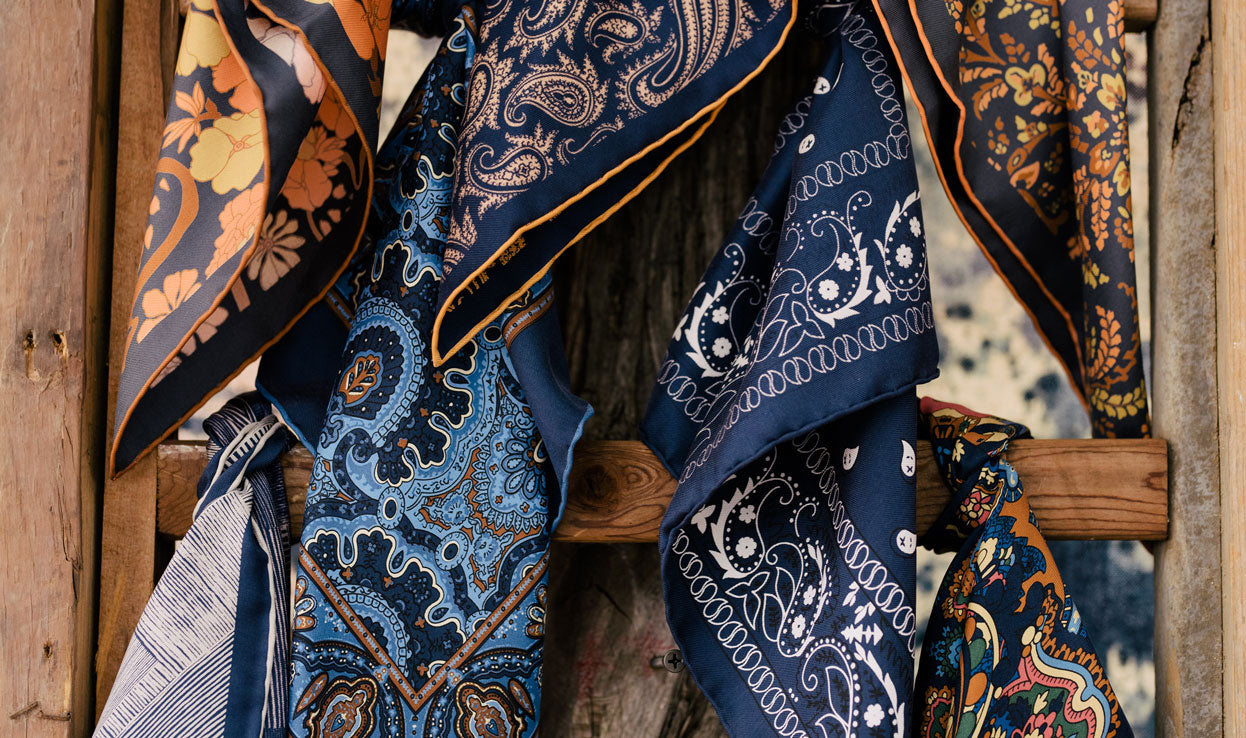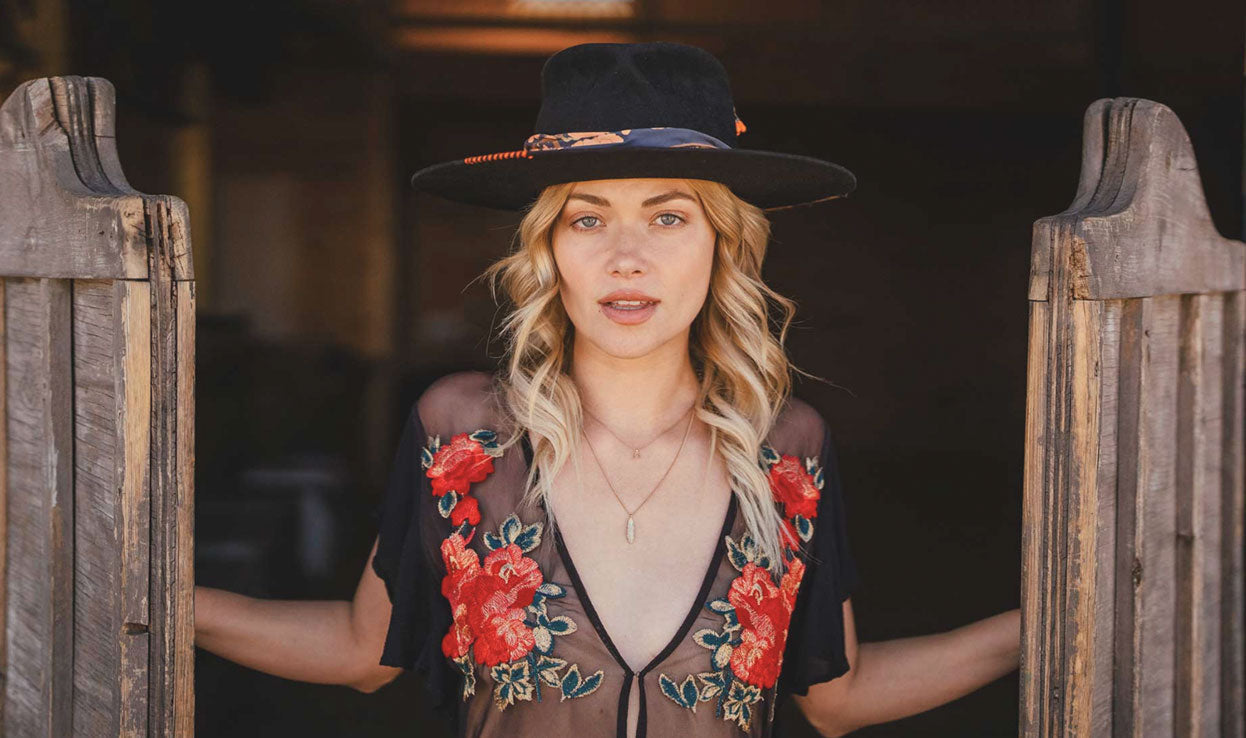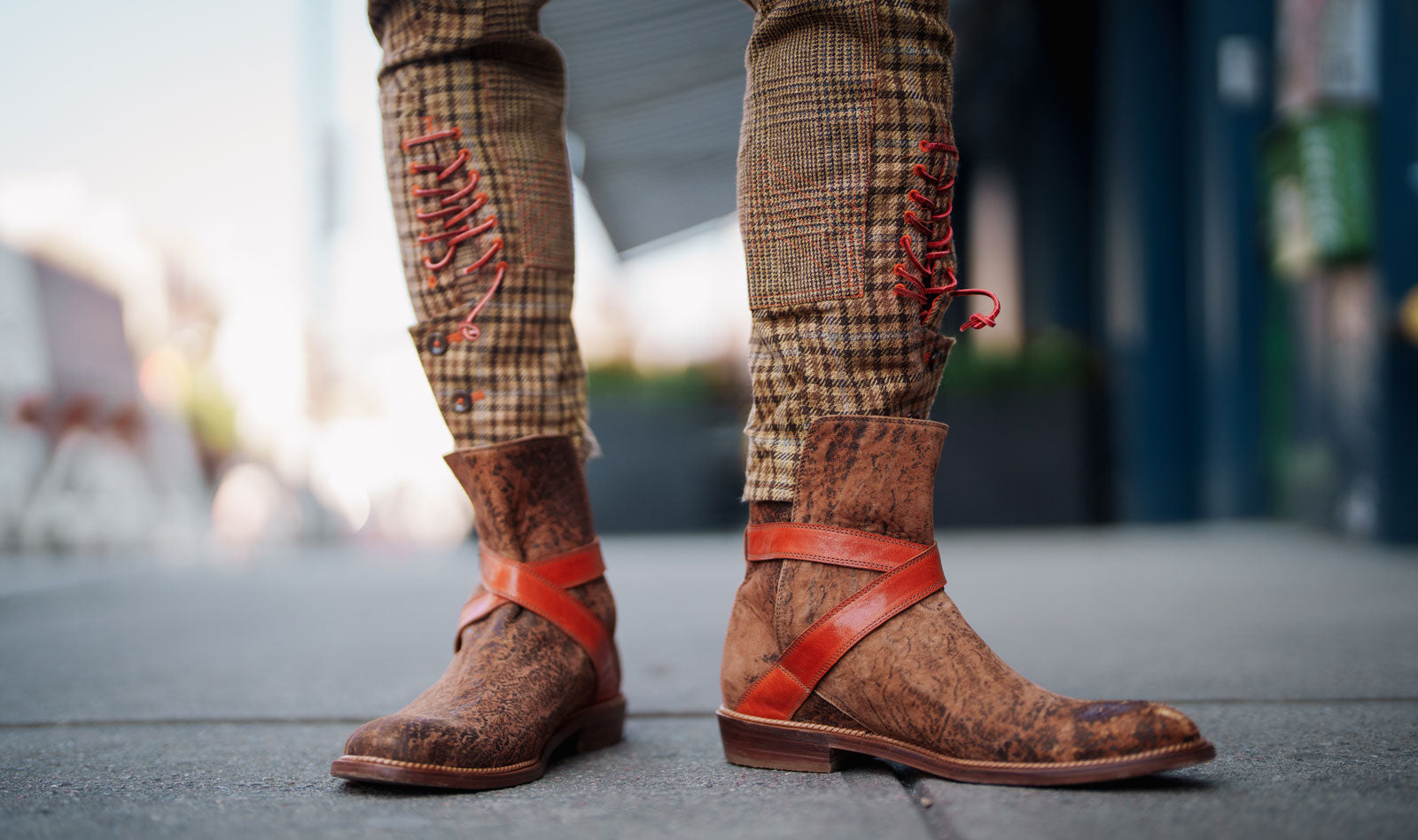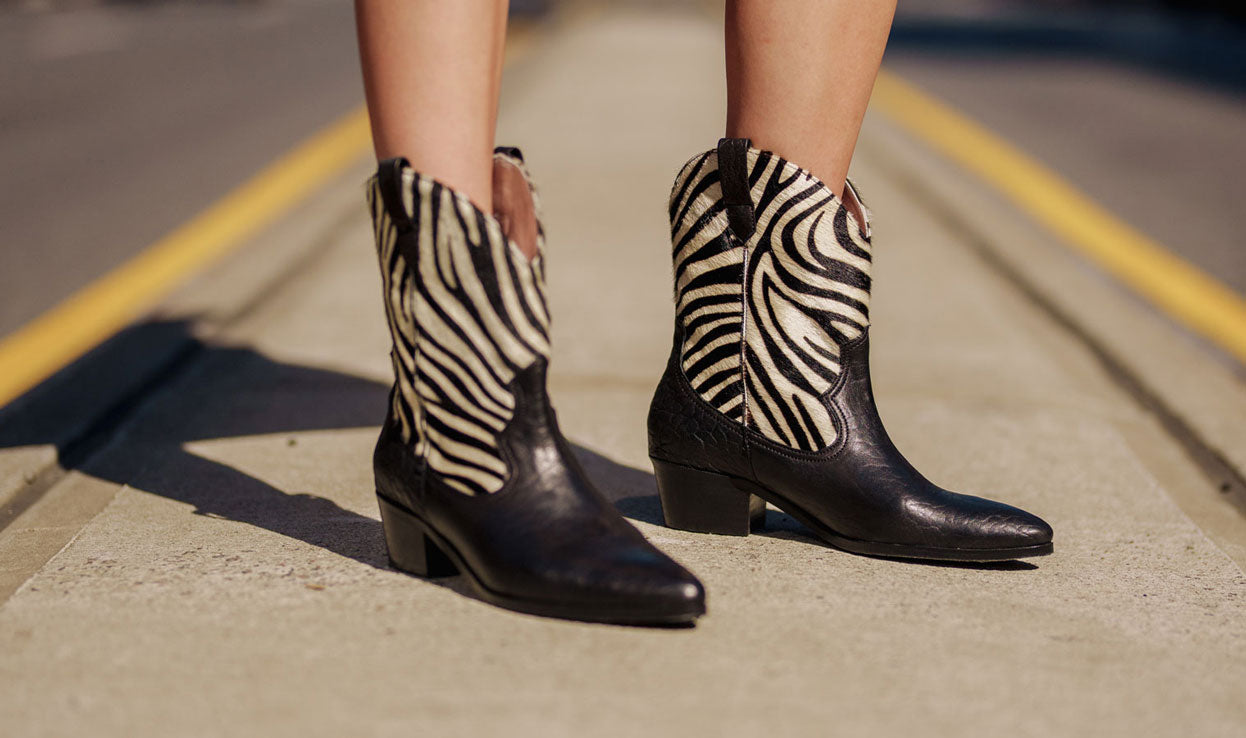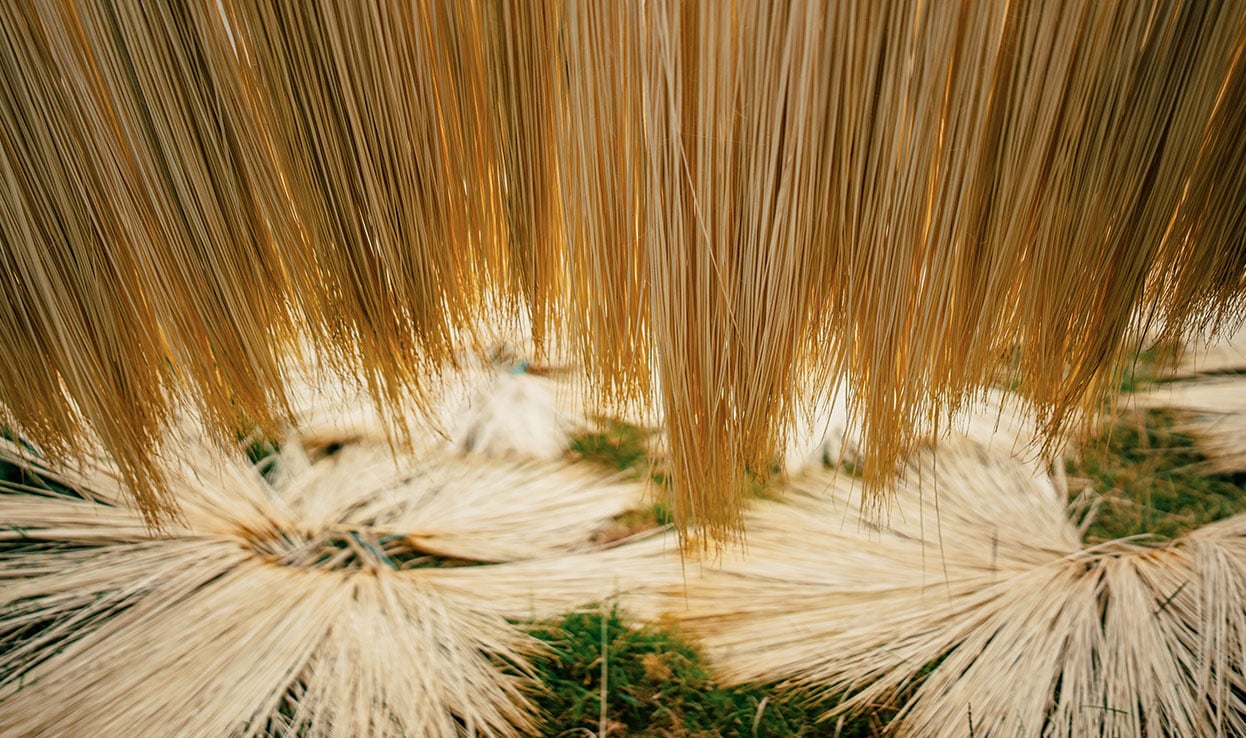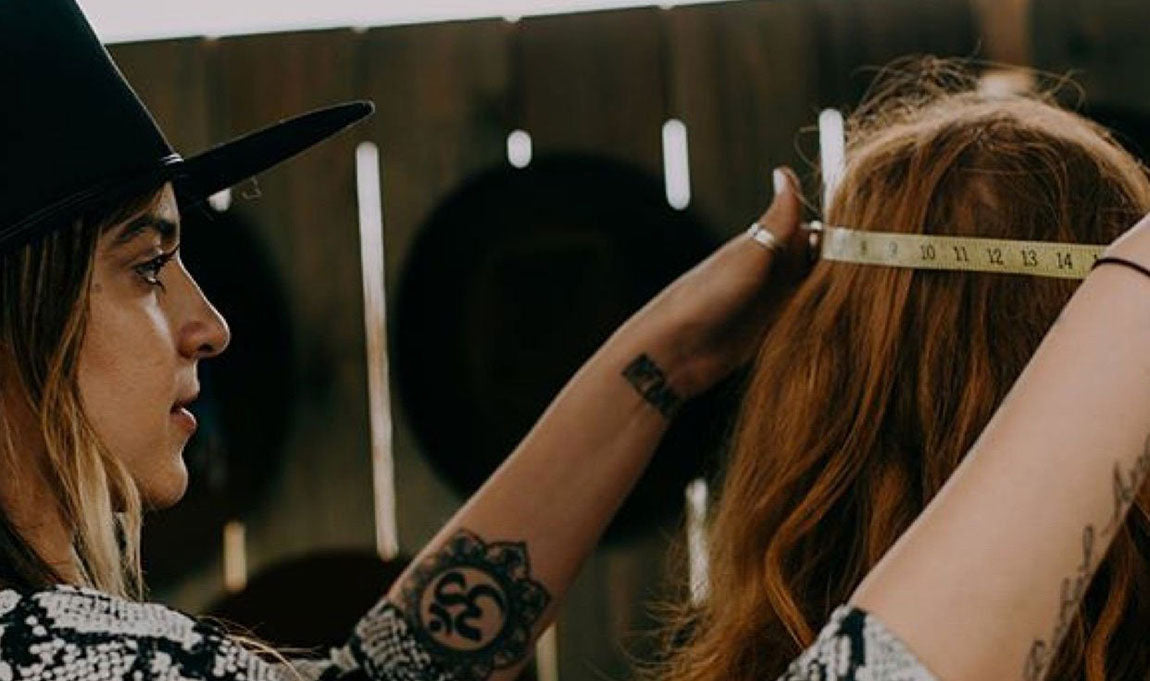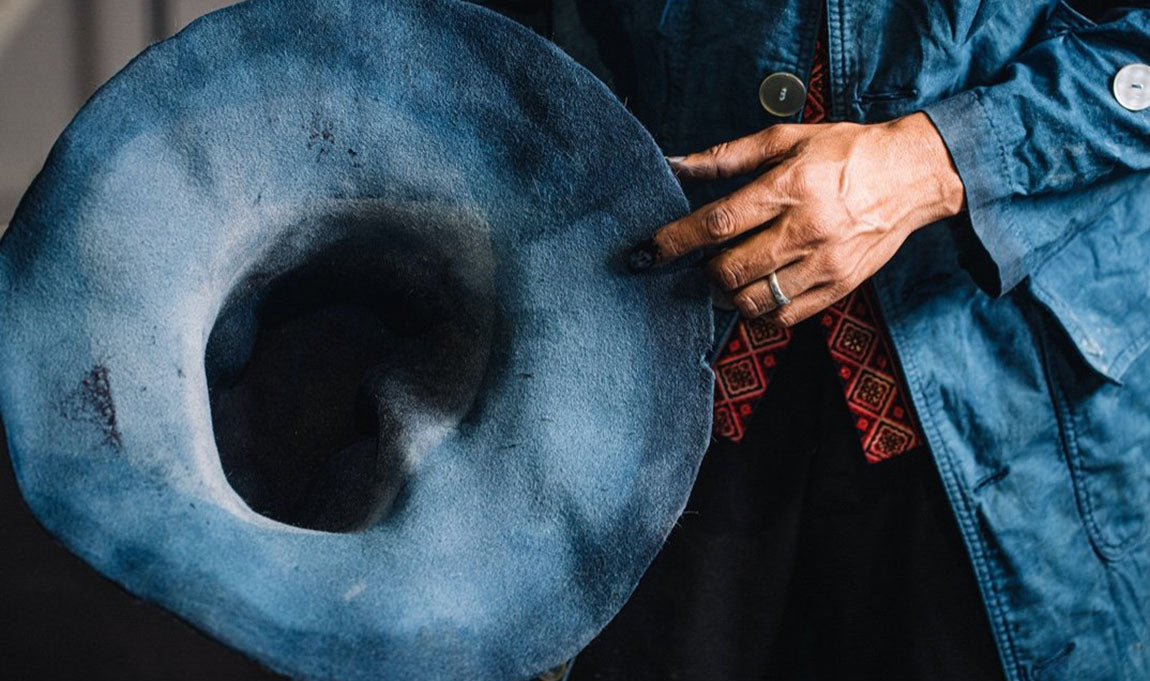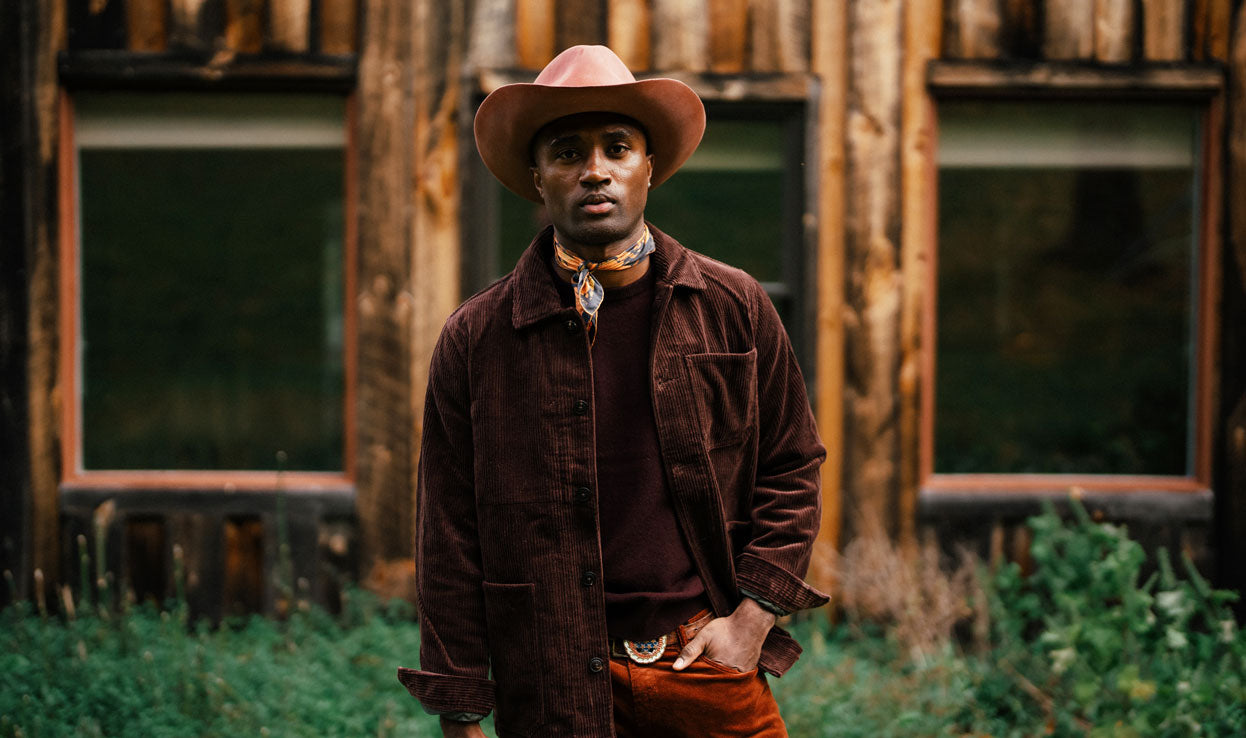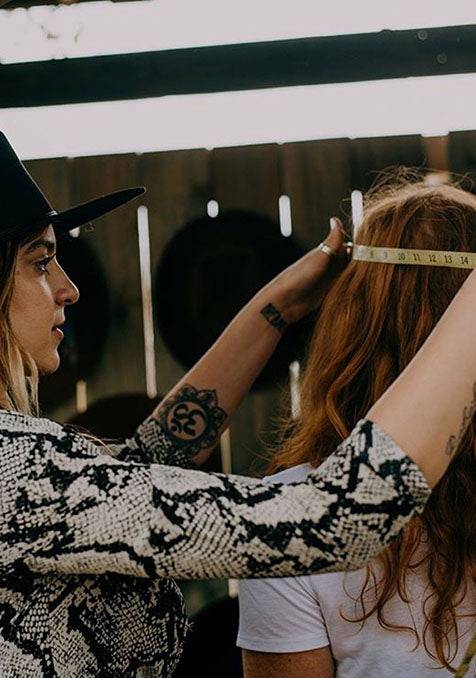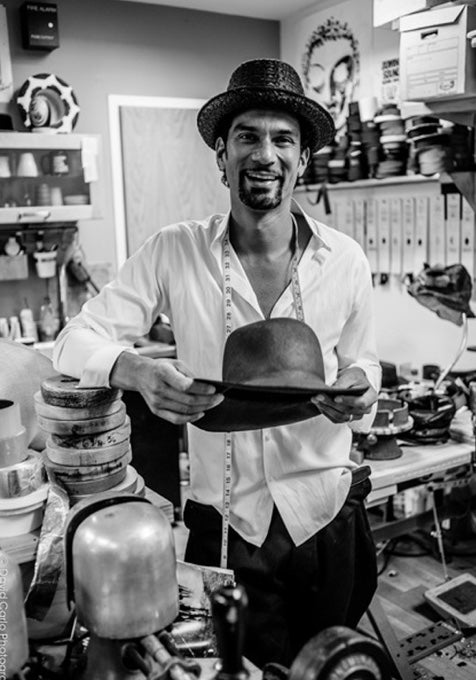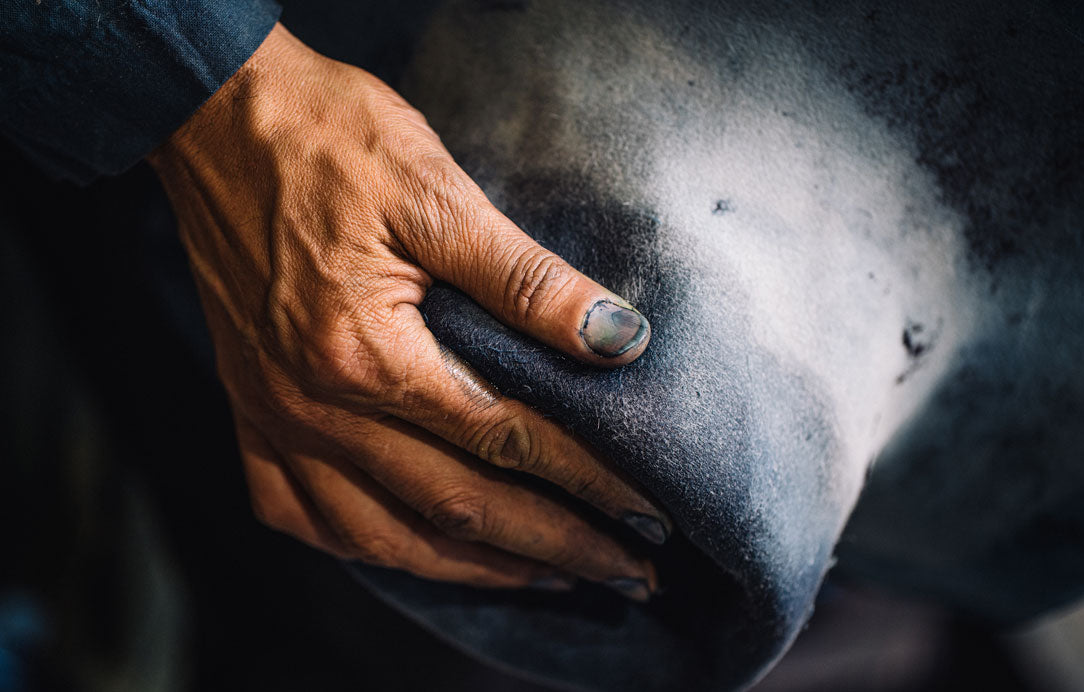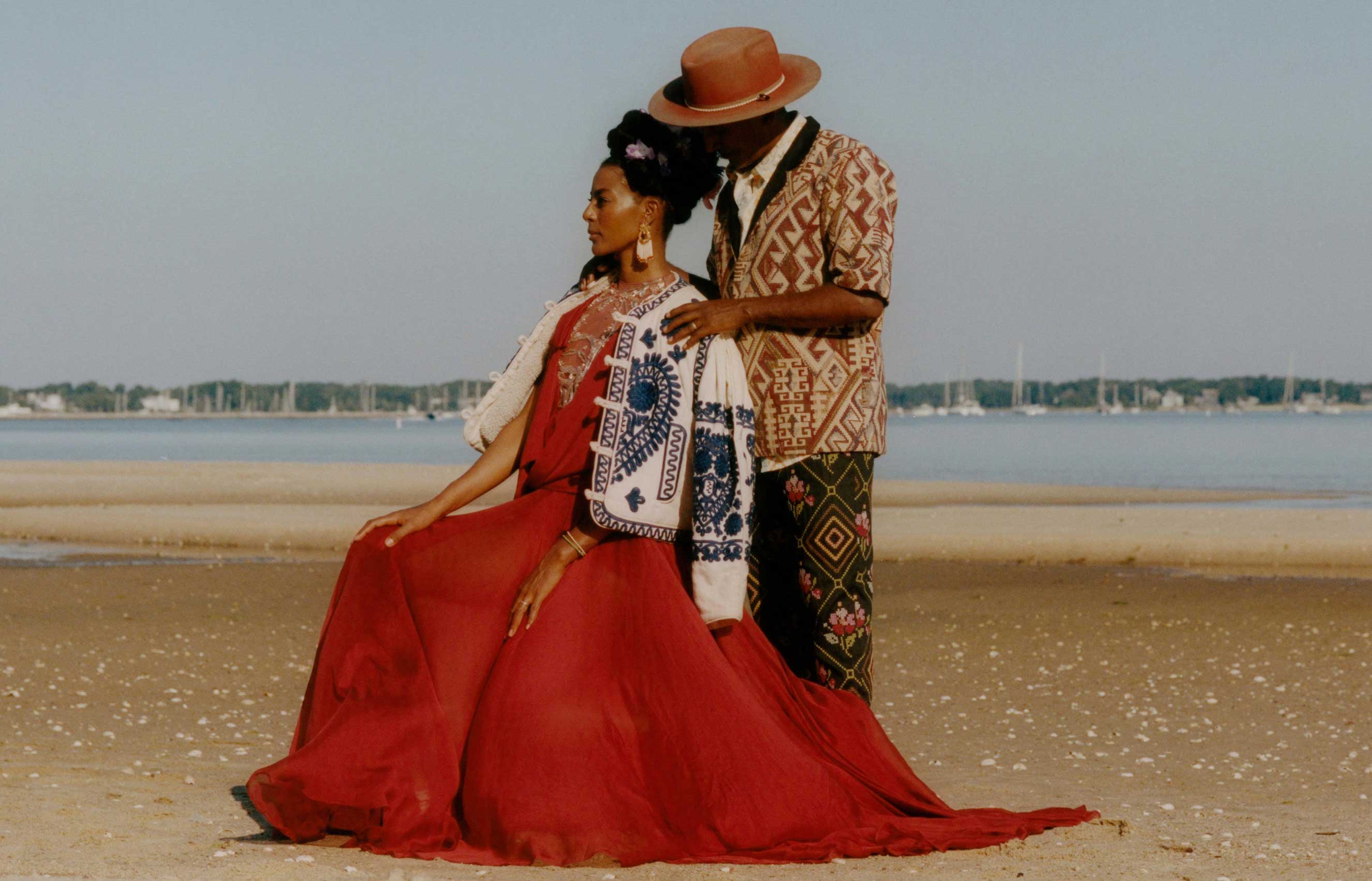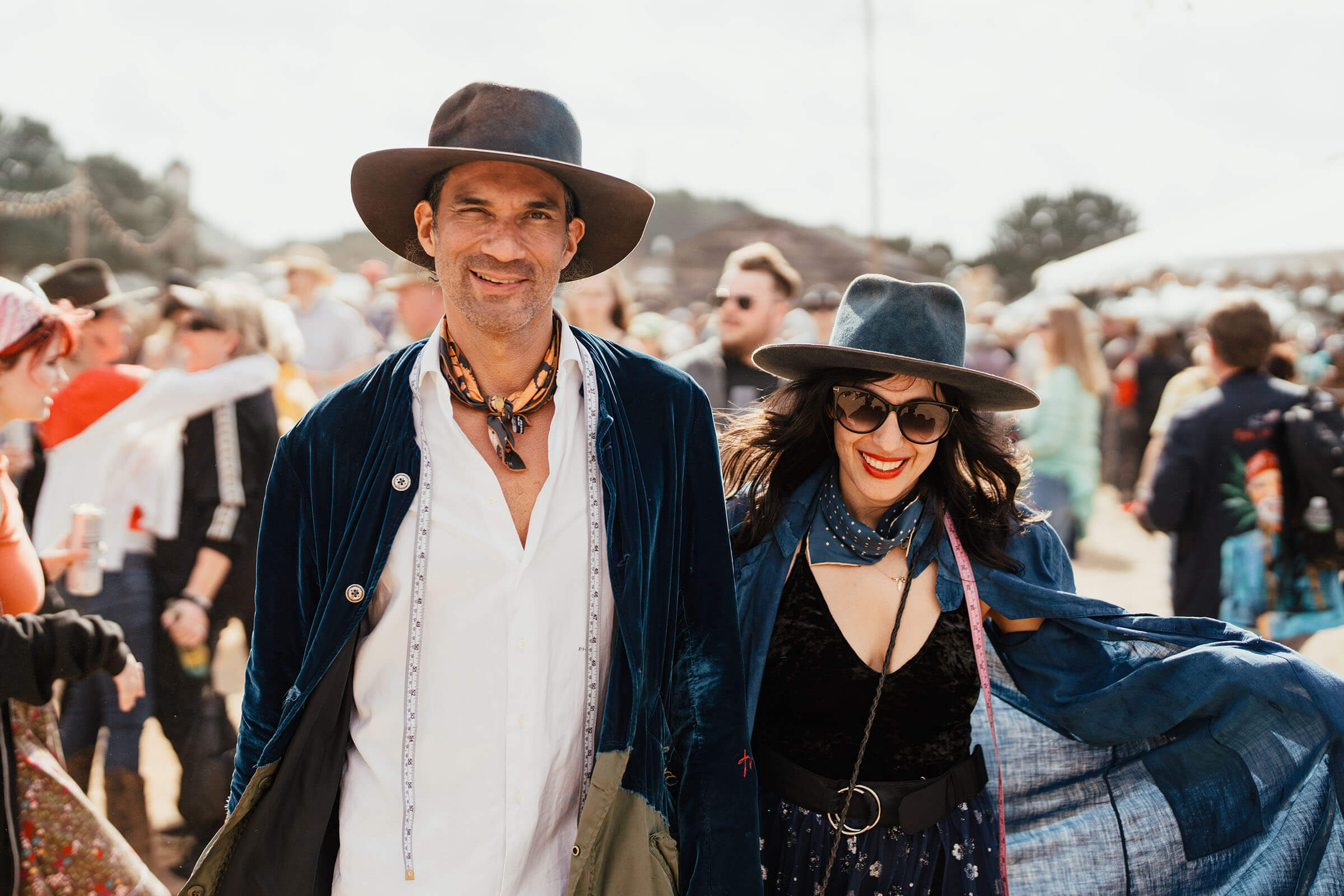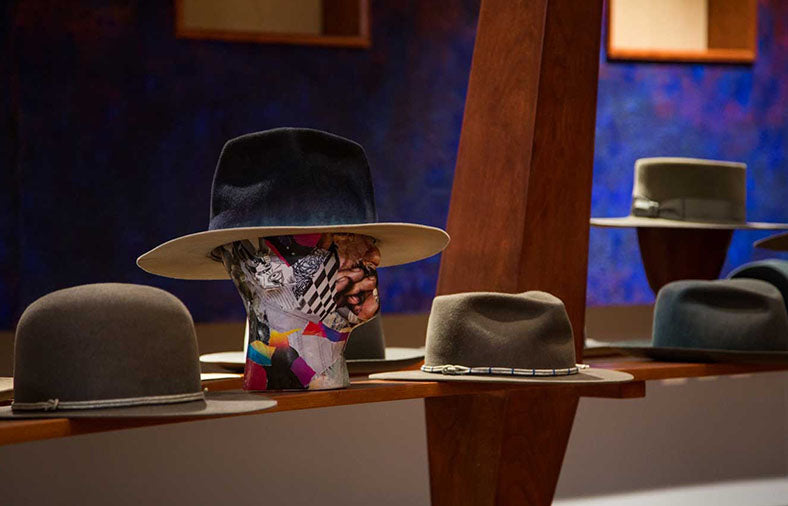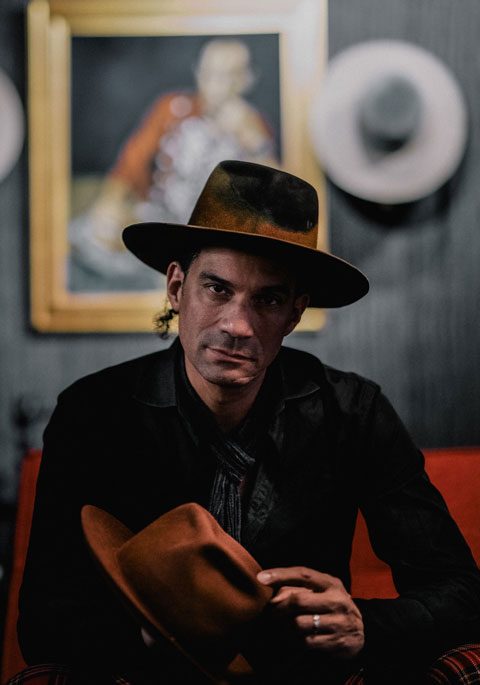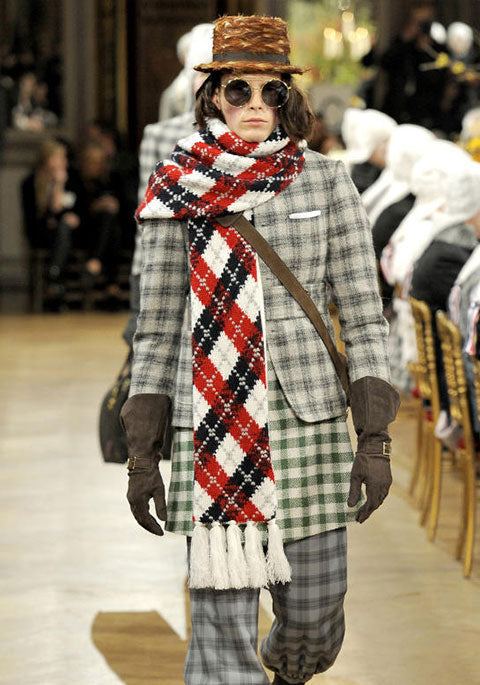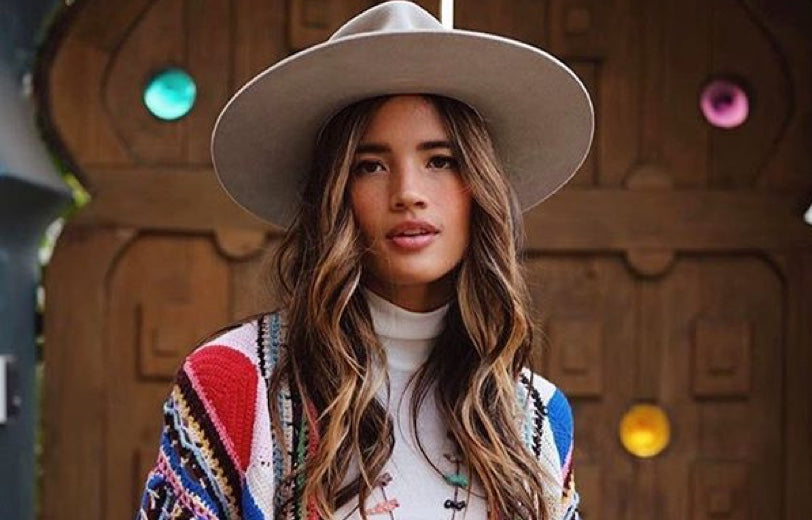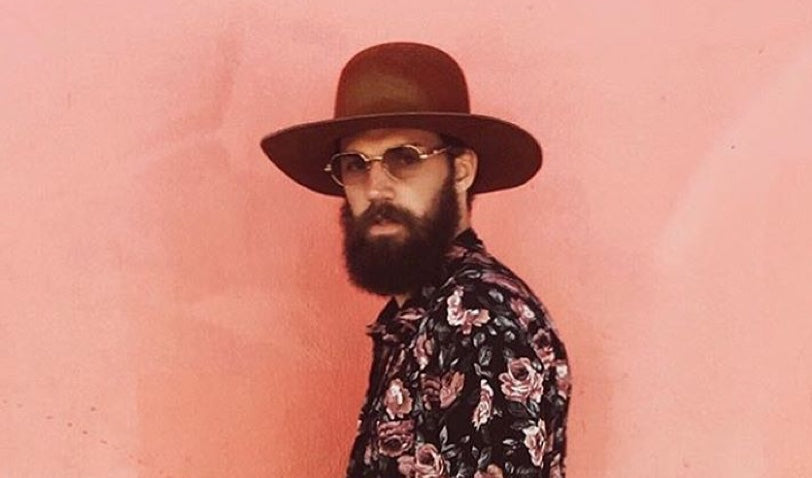The Art of Indigo Dye

June 10, 2019
Turnbull & Asser’s James Fayed and Orlando Palacios of Worth & Worth discuss the journey of indigo, The Turnbull Townhouse and their upcoming exhibition.
Indigo is one of a handful of blue dyes found in nature, and it’s surprising that it was ever discovered at all as the plants that yield it reveal no hint of the secret they hold. Unlike other botanical dyestuffs, which can be boiled or crushed to release its color, the creation of indigo requires a complex molecular process involving fermentation of the plant’s leaves. We had the pleasure of watching the Art of Indigo Dye unfold with artist and Worth & Worth Creative Director, Orlando Palacios and James Fayed, the owner of Turnbull & Asser.
How did you both meet, and what led to Worth & Worth becoming part of the Turnbull Townhouse?
James Fayed: I actually met Orlando through one of the head bartenders of Nobu in New York. What was his name?
Orlando Palacios: Tyler? Yeah, we met through Tyler.
JF: That’s right. I was at Nobu, and Tyler had told me about a gentleman who makes incredible hats across the street. So I went in and got a hat made.
OP: That’s gotta be-wow. A good, eight years ago now I think?
JF: And then we reconnected in the Bespoken days when you did all the hats for a runway show that we were doing for New York Fashion Week.
OP: Around the time is when we were looking for a new space, and we eventually moved into the Turnbull Townhouse, following a few conversations. Initially, on the third floor before moving to our current location on the sixth.
So from the point you joined the Townhouse, Orlando, how would you describe the synergy between Turnbull & Asser as a brand and Worth & Worth as a brand?
OP: James is a doer, you know? He’s tactical; he likes to work on things. Once I got in there, I wanted to make it my playhouse and showpiece. He saw the sweat I was putting into it and just all the architectural novelties if you will, and I think he just got it.
JF: The relationship has organically grown in such an amazing way and even more with all the wonderful collaborations we’ve been doing. But I think that’s what’s so nice about it- it has been a very organic relationship.
OP: That’s very true.
JF: The synergy, too. Your customers are our customers and our customers are yours. It’s the foundation and what the townhouse is really based on. Having that synergy and being able to collaborate, like we are on this indigo project. I am very excited to see it flourish more.
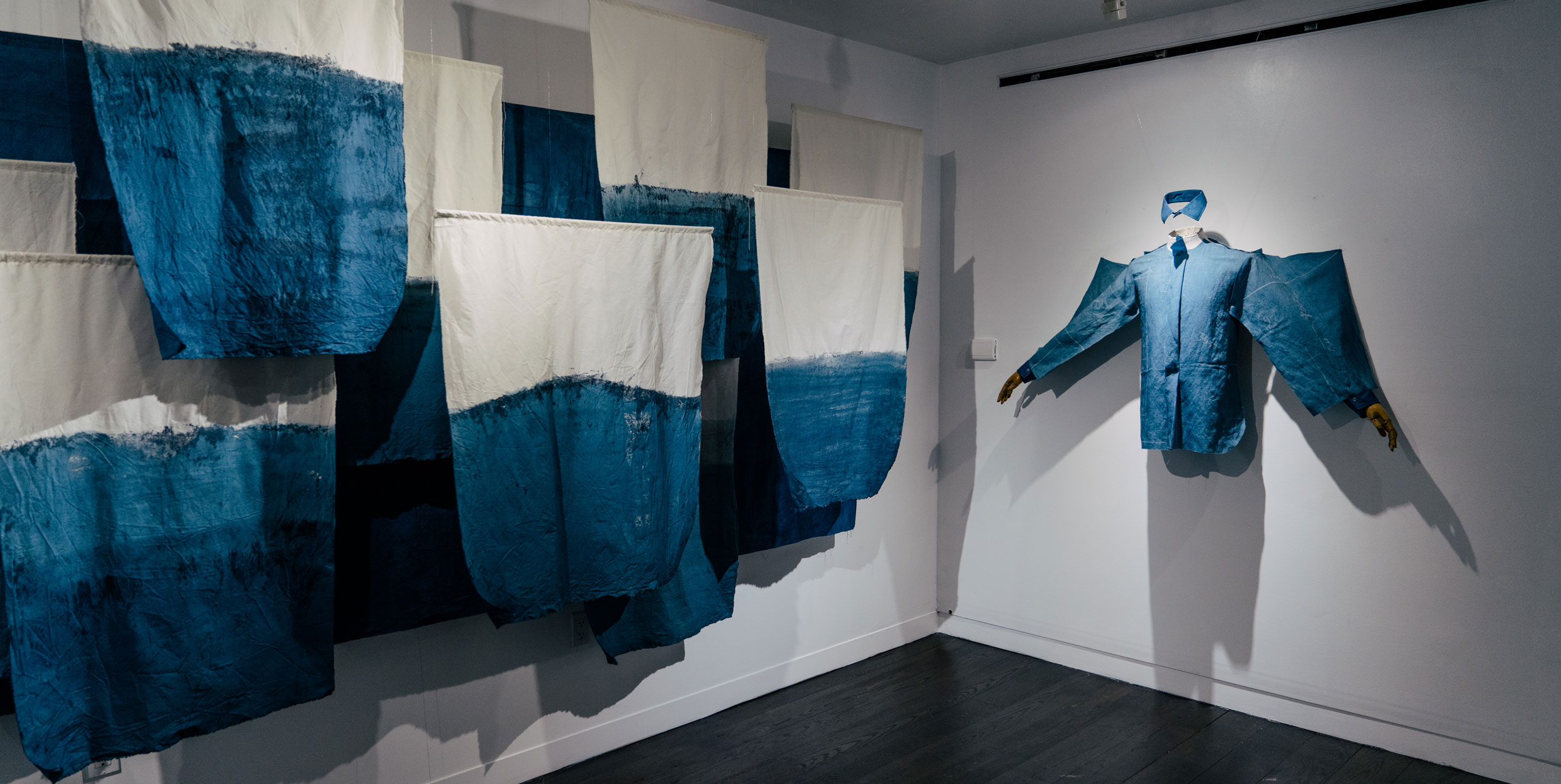
On that note, how did this specific indigo collaboration come about?
JF: I’ve always been a big wearer of indigo, but I never really knew too much about it until Orlando turned up at the Townhouse. He’s really taught me about what it is and how it works. It’s been an amazing process and I’ve been lucky enough to have Orlando be Sensei, and I’m Grasshopper! [laughs]
Orlando, what for you makes indigo so captivating?
OP: The process. Starting from the seed, then fermenting, your hands are in it the whole time, and then it’s a live culture. That’s what’s really fascinating about it that people don’t know - it’s a live culture. You can feed it for years and it will become deeper and more vibrant.
JF: From what I’ve gotten out of it from the times we’ve worked together on indigo, Orlando, is that every time is different. The way it ferments, you feel the heat. It’s alive and when you’re pulling products out, they come out fluorescent yellow!
Yellow?
JF: Yeah, and then the air hits it and it oxidizes and then it turns blue. It’s such an incredible organism.
OP: Organism, absolutely. As it is organic, an organic medium, one day it will take a stronger note, another time it’ll be more of a wash. That’s what I find so fascinating about it. I read about some of the masters. Michelangelo as a matter of fact, and how he was using resin in his portraits to create a halo effect. How he had to do it, is he would brush it to reformulate, hundreds upon hundreds of brushes - and because of the way he diluted the resin, he could create the beautiful halo you see in his works. My thought was, how can I do this with indigo? And so I started to play with that notion instead of dipping, and why don’t I paint? How can I layer? How can I get that depth of field onto this textile? That’s what really pushes me as a creator; as an artist - if it’s exciting. Keeps me in it. Experimentation.
These shibori techniques, how do you use these in conjunction with your hatmaking? Or is this more for your conceptional art pieces?
OP: They run together. James and I have created some amazing canvasses, just from working over them. It was his idea to lay the canvas on the ground. I would be dyeing the hats, dipping, experimenting, and James would say to me, do this over the top of a canvas and let’s see what comes from it. Organically, again, it just grew. People would see them, and would try and decipher how we did it. It became textiles, then hats, now it’s blossomed into everything from paintings to photographs and clothes.
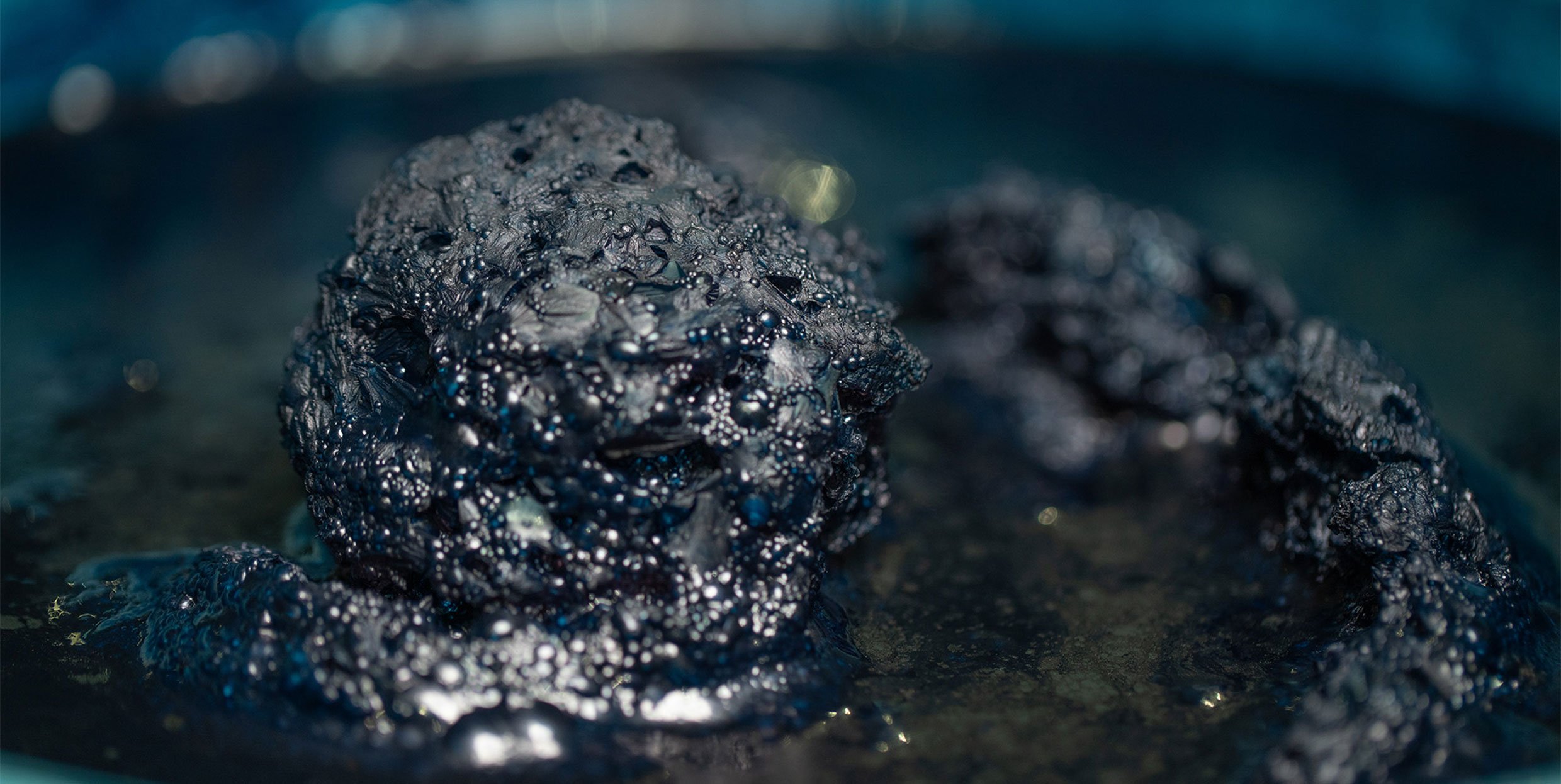
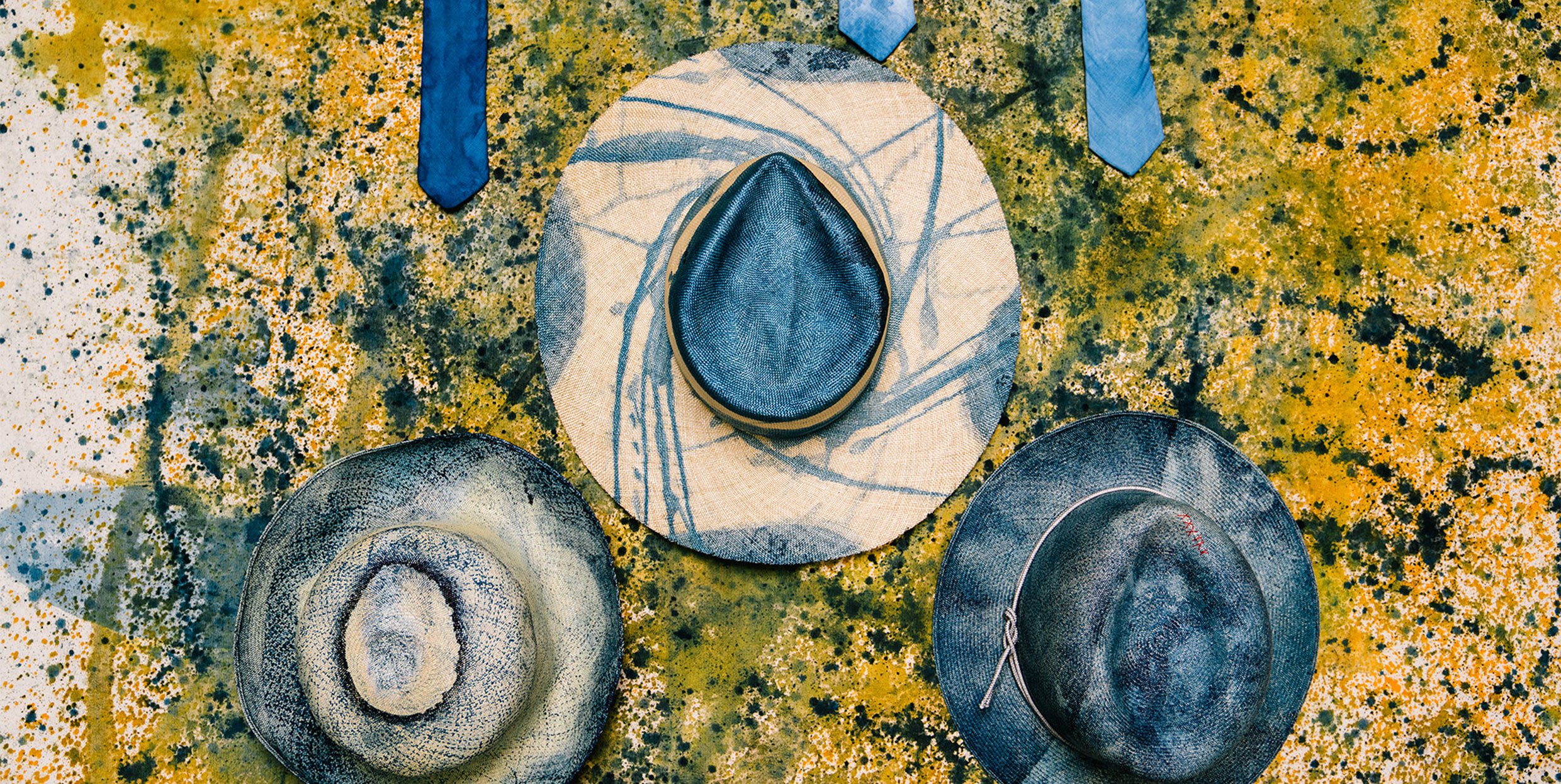
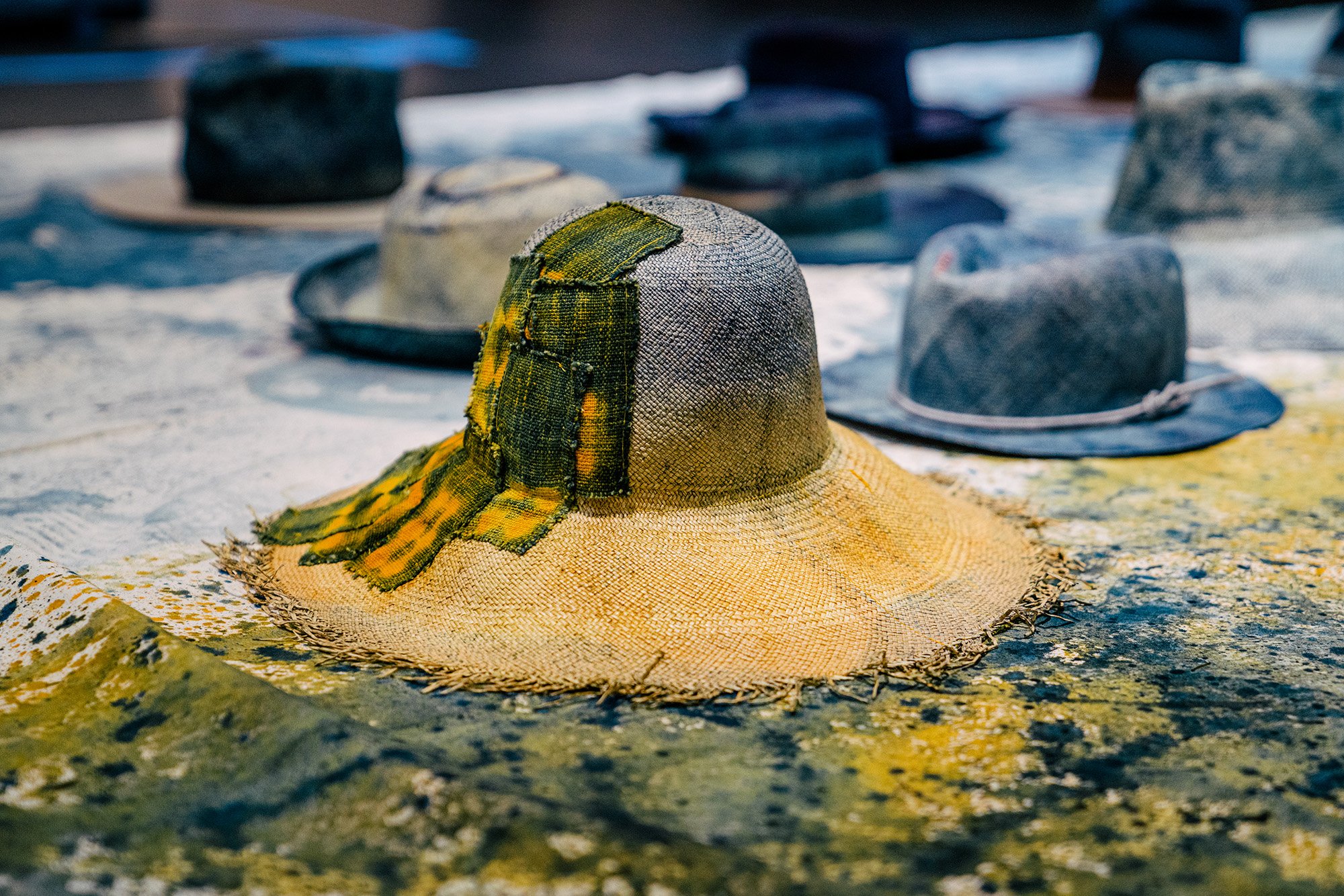
It seems like the individuality of each piece makes it that much more special, which is really exciting.
OP: One of a kind! Absolutely.
For the shirts, and the upcoming exhibition, is that process based on the same intuition and experimentation or is it more planned?
JF: Going back to it being an organic thing, the beauty of it is learning the process while you’re in the process. We’ve gotten to a point now where we’re quite good at being consistent. Each time, we’re noticing things and the technique of it, I hate to use the word, but we’re getting more professional. As of now, we have a selection of shirts, pocket squares-
OP: The ones that we over-dyed, because we did some ombre-ing and darker indigos, there were twelve of those and with the lyocell shirts, we did seven.
JF: It’s a very limited edition collection, and it’s again, learning from the process and we’re off to a good start.
OP: Working together and developing our technique is what we really enjoy, we get a kick out of it and get into it. We get calls at one in the morning and both of our wives are calling and our hands are blue! And times we’ve come back home and our kids are so confused about why our hands are blue and why they don’t have blue hands!
JF: [Laughs] Right!
The beauty of it is learning the process
while you’re in the process.
What excites you most about the upcoming exhibit?
JF: I’m very excited to see and gage how people react to what we’ve made. This is the first time we’ve done something up here, and it’s something that will definitely continue.
It’s not exactly unchartered territory, but it’s definitely in that general direction…
JF: Absolutely. It’s a great opportunity for the Turnbull Townhouse as a brand, celebrating the creativity of it.
OP: We’re doing this whole installation, it’s like Jeff Koons meets a scientific lab, I’m all about having those late nights of doing the installation work. To me, it’s the process. The end result is the end result, but the process? that’s where you get it. that’s where you learn.
What’s great is that there’s no real finish line, is there? There’s always going to be iterations on iterations, and new techniques and new ways to do things.
JF: That’s it. Exactly. We’ve just scratched the surface. OP: Absolutely, James. There’s definitely more to come, and we’re very excited about it.
Experience, learn and enjoy the wonders of indigo dyeing at the INDIKON exhibit from June 13th to June 30th at the Turnbull Townhouse. One of a kind pieces are available in limited editions.
To schedule a customer consultation please click here


